|
This week was so delightful, particularly given the stunning fall weather which allowed us to spend less than a handful of minutes indoors during the entire week.
We continued our ongoing work on creative writing, research projects, and calendars, while integrating new concepts as they are introduced. After a discussion around the challenges of the original task to envision the year ahead in our calendars, we decided as a group to shift that focus and instead use the abundance of poetry and song to fill our illustration pages for each month of the year. It is a wonderful concept to think ahead and try to plan out one activity each month that we will engage in over the coming year, but in practice the group felt uninspired by the challenge. What inspires them beyond anything else, and what truly lights up their souls and bodies and minds as a community, is song. And so, as they do time and time again, the children guided themselves into a practice that is much more deeply connected to their inner workings and, of course, to nature and the rhythms of the year. What initially felt like a daunting task immediately opened up into an exciting opportunity and they launched rapidly into filling their pages. Another beautiful example of child-guided learning. We returned to our maple grove after more than a month, and the following day walked to Fulling Mill to visit the beech groves. We continue to study the trees that are surrounding us here, their latin names, and songs that connect us even more deeply to them. Our swamp maples, or red maples, Acer Rubrum, have been a significant space for the children for the past four years, and the first place on the farm that the children began to create their own community beyond the yurt. Much like in my favorite children’s book, Roxaboxen, the children find their place, their voice, and their connection to each other in these spaces that are away from the structures and systems that the world has created for them. In these spaces they can have the agency to create a home - and beyond - at their pace, at their scale, and that meets their needs. We arrived and met as a group in the “town center”, a clearing in the middle of the maple grove, and I helped to guide them through a town meeting during which those that needed a “home” tree could find one, with the help of the group. They designated roles, professions, identified tasks at hand, and dove into their work there. We had a picnic lunch amidst the trees, and shared stories of the various forms this particular community has taken over the years. The next day at Fulling Mill, we sat in and around a grandmother beech tree, Fagus Grandifolia, just over the stone wall from the farm, and sang our newest song in the beech grove. It is a call and response song, with six verses that move through the parts of the beech tree. Without sharing the sad reality of the beech trees, as they are dying off in huge numbers across the Northeast due to Beech Leaf Disease, I simply invited the children to sing. I wish you could hear their voices now as each of them, all of them, belted out the Beech song, and then continued to sing every tree song we have learned thus far. They asked to sing them alone, without me. They asked to sing them again. They sat for more than 30 minutes amidst the trees and just sang, healing these trees and this community in ways they may not understand just yet. It was one of the most beautiful moments I have witnessed with these children. And yet I know this moment is not an isolated one - there is a current of song that runs so deep within this group it feels as though it can carry us all along through whatever may come our way. This connection to music is innate, and yet if left without cultivation and nurturing it can easily wane, and as children grow, sometimes vanish. It took me into my adulthood to recognize the healing power of song, and I had to dig quite deep to reconnect to that innate voice. I am deeply grateful to Laura - our Woods School music guide - for catching the children in their earliest years, when almost all their words are sung, and carrying them through these years as they grow and develop their voices with music deep within them. In this way, they won’t have to dig as deep to rediscover their voices later in life. They may not have to dig at all. We will get to share some of these songs at our Lantern Walk, which is planned for Thursday, November 16th, our last day of our fall season. I will send out another email with more details this week. To prepare for the Lantern Walk, the children are preparing a play as they have done in the past, to perform for the younger children and their families. It is a short play, based on the children’s book, The Little Old Lady Who Was Not Afraid of Anything. A clever little autumn story:) In alignment with this running musical thread, we reconnected with our ukuleles this week and the returning students introduced the instrument to our new students, taught each other to tune, played the C, F, and Am chords, and then played and sang their Woods School song to close out the day. After reviewing our main four Stoic philosophers earlier in the week, we had a second visit from Scarlet who took us through various scenarios to play out different reactions to situations based on elements of Stoic philosophy. Each child was given a scenario and had to identify the things they could and could not control, and recognize how they could react to and prepare for these various situations. It is so powerful to see the children grasping these concepts, and guiding each other through practical applications as we move through our days here. Finally, on Thursday we had another wonderful day of mentorships - from fresh indigo dyeing with Rebecca, to woodworking with Steve, to painting with Val, to Samhain preparation with Clare - with children rotating into different offerings with such ease and cooperation. It is a joy to watch them work together to make decisions, sharing tasks, addressing conflicts. It is just a joy to be with them each day. Ok, last little update: this coming Thursday we will be pausing on our mentorships and holding school at Rachael and Mirabai’s home on 16th street in Edgartown for fall crafts, foraging, forms, and more. Drop off and pick up will be there, unless anyone would like to carpool with me from up-island. I will send out a reminder on Wednesday as well:) Rain this week, so be sure to pack layers and rain gear! Thank you, see you soon, ~ Kaila
0 Comments
Hi all,
I hope you enjoyed this rainy weekend, as we say goodbye to summer and welcome the autumn season. This moment of balance was felt quite strong through the week with the children, and also into the weekend when several Woods School families gathered together to celebrate Mabon, sharing in the harvest of the growing season and setting intentions for the quiet, internal months of winter. This year the maturity of the children is opening space for greater independence, and also a deeper need and calling for the larger community to help support their learning paths. We are so grateful for the wise guides in our community who have been and continue to be supporting the education of the children. We have a growing list of mentors and guides including Roberta Kirn, Valerie Reese, Clare Ives, Papa (Binney), Margot Datz, Steve Solarazza, Pam Benjamin, Rick Bausman, and Rebecca Gilbert. During their mentorships the children are engaging in crafting, art, engineering, building, herbalism, and beyond. They are also being offered a weekly opportunity to do independent work, including research at the library with Mochi. Mochi (Mimi, Marcy) is our librarian, reading teacher, field trip guide, and inspiration for so much of what we do here. Mochi comes on Mondays for reading, as well as many other days to support the children as they explore the wild world of words. She introduces games, stories, and a most passionate curiosity that emanates outward and engages the children in deep wonder and adventure. Thank you, Mochi, for all that you give to this space and to all of us. Beyond our mentorships, this week we returned to our Monday Math work. For the returning children, we reviewed our multiplication tables from 1-12’s in our journals, using our songs and our movements which we continue to practice in our morning circle. For new students, we are beginning with using color and numbers to visualize the sequences and patterns as we see them in various ways. This week the children will be making their own math cards, as well as beginning our annual calendar project to integrate numbers into our own worlds. In the past our calendars have held themes connected to various realms we are studying - zodiac signs and astrology, poetry through the seasons - and this year the connection will be a bit more personal, and will involve a little input from home! In their deepening understanding of themselves, I am noticing the children discovering their own personal connections to time as it passes - the rhythm of their week based on our school rhythm and their after-school activities, the rhythm of the seasons from the rituals they practice both at school and at home, and birthdays and holidays as the ultimate anchors for each year. Their calendars this year will be a glimpse of the rhythms you experience as a family, for the children to both recall and look forward to. What I would love from you is a way for your child to come to school with a sense of at least one experience they will have each month of the upcoming year - from January to December 2024. For example, perhaps at home this week you sit down together and share things you have done in the past that may like to do again - a winter trip off-island, a beach adventure in the summer, a visit with relatives during the holidays, etc - and you can also have an opportunity to lay out a few plans that you may have for the coming year. This does not need to be completed this week, but it would be wonderful if the process could start this week and we can carry it along together for another week or so. Our creation story this week introduced us to Ancient China, where we learned about Phan Ku and his birth from the cosmic egg, from which everything arose. The children are now begging to write their own creation stories - they are, of course, charging ahead with immense passion and creativity - and we will move towards that writing project in another week or so. We are continuing our writing work with Papa, engaging in a writing workshop this week where the children were able to practice listening and offering (and in turn receiving) feedback for their works in progress. Our words of the week were revelation and revolution, which were chosen at random from our dictionary but which seemed entirely relevant to our studies of creation:) We spent time down at the farm, harvesting apples from the apple trees, planting greens in the greenhouse, and playing one of our favorite games - “seed, root, flower, fruit”. We spent the morning reacquainting ourselves with our astrological and elemental signs, and created a compass in the dirt with the four quadrants of earth, air, fire and water. The children stood in their elemental sign and created representations of their element to then share with the group. As each element is connected to a part of the plant/a phase of the life cycle, we flowed right into our plant life cycle game. We also visited our bees, some children suited up while we examined the hives to see which were active and which were not, before we move into the colder months. On Thursday, some children went to the library to check out independent reading books and books on ancient civilizations; some children went to their mentorships; and some children stayed with Rachael and worked on form drawings and crafts. In the afternoon they made a beautiful apple crisp with the apples they harvested for our weekly nature together cake, and used their pressed flowers from summer to make glass plate collages - keeping the spirit of the vibrant flowers and plants alive through the fall and winter. They continued their embroidery and also learned how to make friendship bracelets for each other. Ok, thank you all as always, what a gift to be spending my days with these magical beings, Kaila Welcome to our last week of Woods School for the summer!
Lat week, oh what can I say…the production of Poppy and the Wolf was such a celebration of the journey this season with the children - the music, the dancing, the costumes (as always), and the set - replete with a flying bird hoisted from a limb of a tree. Thank you all, so much, for your continued support of these productions. We are putting together ideas for the fall season to do a musical, investing a bit more time and commitment to memorizing lines and songs, and perhaps with some extra support from the community beyond the Woods School. If you have any ideas or people to connect with that could help support this production, let me know! This week we said a temporary farewell to our sweet, gentle soul brother Linden, who is going off on some adventures in Ohio and New Hampshire. Linden is a shining beam of light, a dear friend to everyone, a brave being with deep compassion and true, honest love for every living thing. We are so honored to have spent this past year with him here, and are eager to hear about his journey on his family farm in Ohio - a school field trip is in the works already to go visit:) This week we even got to have his little brother, Rye, here for a full day and it was such a gift to have them both together before they head off this island. Gaby, Tyler, Millie, Rye and Linden - you have been such an important part of our web here, our constellation, our community. We will miss you so much. Penpals for now, until we see you again! As we say goodbye we also welcome Elaina, a magnificent high school student (who I happened to teach in Kindergarten at the Oak Bluffs School oh so long ago), who guided the children in a myriad of ways this week with her calming presence and kindness. She invited us all to learn about mosaics, which we created with cut out pieces of watercolor paper and drawn out shapes of fish, flowers and shells. We talked about Eric Carle, looked at his method of creating his illustrations with mosaics, and then dove into it ourselves. Elaina also helped us immensely with our set for Poppy and the Wolf, and supported the children as they made their famous “nature together” cupcakes at the end of the week. It felt seamless and supportive and we feel so grateful to have another guide for this group of children. Thank goodness we have another week with her (and perhaps much more in the future). We had a visit from Laura, who read a version of Peter and the Wolf, and who had introduced us to the beautiful musical tale all those months back. There was work at the stream, a whittling refresher, a ceramics shop with clay dug out from the end of the culvert, and a trip to our trees. We foraged with Rachael for red clover and jewelweed to dry, for nettle seeds to much on, for mullein and blackberries and oh the foraging season has really begun… We spent our snack time listening to the music of Peter and the Wolf, and heard about Sergei Prokofiev’s life. Each child gleaned one biographical fact and shared it with the audience after the performance (eg. it took him just one week to write the entirety of Peter and the Wolf). And the performance itself was magical, as always. A combination of the children’s understanding of their particular role/musical theme within the orchestral piece, and their extrapolation from that role and the character they have developed over the past few weeks. This story, and the music, will surely live within each of them for years to come, and perhaps forever. This week, we will be wrapping up our work here at the yurt on Monday, Tuesday and Wednesday, and then on Thursday we will meet here but will be taking a field trip to the Agricultural Fair after snack. We will be meeting Roberta Kirn in the music tent a little before 11 am, to sing with her (she is expecting our group and has prepared some special songs for us), we’ll have a picnic lunch, visit with the animals (no rides or games), and then head off to visit Ariana’s school at 2 pm to have an end-of-school celebration there. So: drop off at the yurt on Thursday, but pick up at Skiffs Lane at 3 (feel free to come early for the celebration!) Thanks everyone, what a summer! ~ Kaila These weeks were full of independent adventures, a return to beekeeping, Peter and the Wolf, our ukuleles, and a trip to West Basin! Our little corner of Fulling Mill has always been a home to the children - it has held them through every season, and offered itself as both a quiet work space and a cooperative play space, often simultaneously. Recently, as the children naturally widen their own horizons as they are ready, the perimeter of our stream has opened up and the children have started to explore further and further downstream, and into the hidden paths that lead to the main Fulling Mill trail. There have been wild adventures told by the children of the clearings they have discovered, the bushwhacking, the mysteries of what lies ahead and around each bend, and a most recent adventure that took three of them down the stream and back, on their own, with a bit of trepidation on the return as they used strategies learned from our Kenneth Thomasma books to determine how to return safely. At the end of the day we watched and listened to the three explorers as they drew pictures of their journey, and told the story again and again, with a strong message of independence and cooperation ringing through. It was a learning moment for all, about connection, listening to instincts, and sharing your journey with others. The story of Peter and the Wolf, which we began exploring with Laura last season, has been circling back through again and again as the children now prepare for their performance this Thursday afternoon (weather permitting) on the stage. We did a writing exercise which led them deeper into their chosen character in the play, and Papa came to lead us through a think-pair-share exercise that offered some more intentional moral teachings from the story. Each child was given a lesson that the story teaches, which they then shared and talked through with a partner - these included messages such as “It is important to take risks,” and “celebrate each other’s differences,” and “stand up for what you believe in,” among others. The children then came together and listened as one at a time, each child stood up in front of the group and shared their message. It was one of their first forays into public speaking, and something we will surely return to as a regular practice as it brought up all kinds of new openings for them as both speakers and listeners. Thank you, Papa, for bringing such depth to our learning here! Beekeeping continued, as the children suited up again and harvested honey from the “super” from one of our hives. After we completed our harvest we were able to watch as the bees took 2-3 days and cleaned out the box completely, including the honey-covered towel that we used during our own harvesting, which rapidly went from sticky to dry after the bees did their incredible work. Now all of that honey has been moved to their active hives back on the hill, and will be stored with them through the winter. We have been playing our ukuleles each week, now expanding our repertoire to sing and play some of our Morning Circle songs on the uke, as well as our Woods School song. After tuning and playing, it is wonderful to watch them each find their place within the musical practice. Some turn their ukulele over and use it to drum a beat to our songs, others continue to play chords and sing, and still others find a place to lay down on the blanket and sing out to the trees. This music is such a powerful part of our days, our weeks, our years, and I feel so comforted to know that it is yet another tool these children have to help them move through all kinds of changes and phases in their lives. Our Morning Circles have become a daily processing time for each of them, especially now as they lead it themselves, choosing from their abundant collection of songs and movements. They guide each other into a release of what has been and a welcome towards a new day. As we do each summer, we took a field trip to West Basin to visit the rosa rugosa, the seaweed, the shells, and the various bones along the dunes. It was a beautiful day and another opportunity to witness the children as they seamlessly interact with the natural world and with the public in such a beautiful and compassionate way. We interacted with some neighbors that were finding it challenging to be on the beach with our dogs, and the way the children were able to observe what was happening, without reacting with anger or resentment, but a true curiosity and concern for how others could treat animals. It was a powerful practice, as it always tends to be when we leave our protected walls of our woods. We are finishing up our song books, our journals, and working towards one more performance of the season, and perhaps we will squeeze in one more field trip (the children have been eager to practice their money math skills at the thrift store, so we may venture there this week..) As we approach the fall season, I wanted to offer a listen to this fascinating podcast episode about a school called Wonder, and the man who started it named Zach Lahn, interviewed by Jordan Peterson. The website of the school is here: https://www.daringtowonder.com/home, and the podcast episode is here: https://podcasts.apple.com/us/podcast/the-jordan-b-peterson-podcast/id1184022695?i=1000618370820 There is so much to glean from this, and something I discovered while listening was a powerful affirmation of what it is we have created together here at Woods School. How this belief in self-directed learning can take many different forms and yet holds a similar foundation and space for children to grow as incredible, critical thinkers and passionate, curious souls with a capacity to heal themselves and others. I am comforted by the notion that we do not need any structure or administrative body to hold this space, as the Acton Schools (https://www.actonacademy.org) or Wonder has, and yet we are fulfilling a similar purpose and are in community with others who believe in the power of self-directed learning. We have been able to get here because of all of you, and I want to mention one person in particular: Sidney Morris. He has guided us from the start (and even before the start, when I was just 12 years old in the first year of the MV Charter School), and cheered us on through many questions and wonderings and doubts. Sidney, I hope you know how much of an impact you have had on all of us, and on the generations beyond us, as you joyfully and fearlessly support each and every endeavor we move towards here. Even this week, as the children processed 5 of their very own roosters, that they hatched themselves, and participated in every element, we thought of you and the encouragement you have always offered. We enter new realms with the children, just when their own curiosity guides them there, and we are able to meet them with nurturing care as well as with our own curiosities, and then we all move forward, and sideways, and in every direction, together, learning endlessly all the way. Sidney has taught us this, and so much more. But the greatest lesson he has offered is to just simply trust in the children. Thank you, Sidney. And thank you all, for what you offer this community, ~ Kaila To wrap up our spring season, we spent our last week completing our Shakespeare dioramas and preparing for our performance of Macbeth on our hand-built stage. For those who were there, I have no words to add to that experience of observing the children conveying this story in both its darkness and its light, its severity and its humor, and in such connection with each other, and with the audience. For those who were not able to make it, I will describe as much as I can. In just one week, the children were able to gather together their costumes, grasp and memorize lines, complete the stage and backstage construction, and work through all of the emotional upheavals that come along with a first performance, and its expectations. There were moments when I questioned how much I had asked of them, and how much they had asked of themselves. And then suddenly the school day was over, the wind died down, our velvet curtain closed, and the children waited quietly backstage for their moment to perform.
There is no question that after our spring season of exploring Shakespeare, the children have a true and enthusiastic grasp on the stories of the twelve plays we read together. To then hold themselves in roles - some they desired and some they did not - and share the story with family, friends, and the community, with poise and confidence lifted the group into a new light. However, the element that shone through most brightly among the children was not their knowledge, or their confidence, but rather their openness to the community, namely the youngest members of our school community who came to watch their play, and inevitably found themselves on the stage during their performance, wide-eyed and full of wonder. Instead of shooing the small children off the stage, or guiding them to the side, the group fully embraced the little ones, gave them props and engaged them in even the most dramatic of their scenes. After many discussions of how the play was to be performed, and the weight, albeit joyful weight, that most everyone felt as the performance approached, the children were able to let go of so much of their vision of perfection for the sake of allowing the preschoolers to feel a part of what they had created. And the effect was felt across the stage, and across the audience. After the performance, the group sang the song they wrote on the ukulele with Laura, about their school. The lyrics are below, and if anyone has a video of the children singing this song, please send it along so others who were unable to be there can hear the magic they have created together in music. Some children continued with group performances of a Gillian Welch song and an Indigo Girls song, and then we gathered together for wood-fired pizza and play. It was a beautiful moment of connection for all of us as part of this community, guided always by these incredible children. Our week also included a final visit to Milokan, at least for now, but hopefully we will be back there in the fall season. We are so grateful for that space and for Rick and Rebecca and all that they shared with us in understanding rhythm, nature, and the vast world outside of our island community. As we begin our summer season, we will be welcoming Sienna and Lucien as regular students, and welcoming back some old friends, including Charlie Bird, who will be with us starting in a few weeks. We are planning on having a Shakespeare performance each Thursday, on our stage, and welcome you all to join. I’ll send out details on Wednesday, as it all is quite weather dependent.. Thank you all, and see you soon, ~ Kaila Woods School song: We are the children of the Woods School, our classroom the woods where we play and learn how to live off this land that we tend to and care for We breathe with the trees and when we sing we sing out to the seas When we arrive in the morning voices are coming from the yurt where we play family bake bread and dry herbs for our own tea Down in the valley below always a project on the go like digging tunnels underground along to the sound of Bo-bo, barking as he chases hawks flying high in the sky The garden The hay barn and all of our pals, The rocks and thorn tunnels and Cherry Tree Lane the Root-house is down by the Stream where we sing and we dream The lambs are born in the spring In late fall we harvest the honey from our bees and in summer the turbine casts shadows on the fields where we run free And in winter we wait, oh we wait for snow impatiently…. We are the children of the Woods School, our classroom the farm where we play and learn how to live with these animals we tend to and care for The horses and the sheep the donkey and chickens and bunnies We breathe with the trees and when we sing we sing out to the seas we sing out to the seas we sign out to the seas This past week we took an enlightening trip to “Bob’s” or Margot’s house to expand upon the learning from our geography unit this winter, and explore further elements of French culture that held particular interest to the group. It was a spectacular afternoon at her beautiful home, where the group was introduced to the world of “etiquette”, French food, music, and language while enjoying an incredible home cooked 4-course French meal. The children took to this experience with such curiosity, dedication, and patience, sitting for almost two hours as they learned to set the table, trying caviar, Brie, vichyssoise, salade Nicoise, and a creme caramel, all with poise and grace. It was a true sight to behold, and we are so grateful to Margot for offering such an unforgettable experience.
Tuesday at Milokan culminated in a moving performance by the children, drumming together with synchronicity and enthusiasm and deep focus. It was marvelous to see elements of the work they have been doing with Rick and Rachael and Rebecca during their days at Milokan, while feeling a part of this community that Rick has inspired to gather together around a common purpose, connecting people from around the world through rhythm and music and the stories that unfold. The children spent time with Yayoi Ikawa, and were able to watch her perform some of her original pieces, with the support of many island musicians. If you want to hear more from Yayoi, this is her website: https://www.yayoiikawa.net. The stage continues to fuel our work together, and this week we returned to one of our favorite of Shakespeare's plays, Macbeth. The group has established a system to perform these plays which allows for each student to fully participate and stay engaged throughout. They decide their roles with thought and compassion for each other, practicing elements of our conflict resolution as they release their attachment to certain roles and open up to the unknown. There has yet to be a moment where the children argue over roles or play direction, and instead I have been witnessing this profound sense of unity and connection as they work together to reach a vision for their performance. We had the pleasure of welcoming Sienna and Lucien this week, which not only ignited new wonderful friendships, but also served as a powerful reminder for me of what inspires an open and embracing community. These two new students were immediately engaged in every element of our day, as if they had been with us all along - this was even mentioned multiple times during our closing circle on Thursday. I wondered aloud recently, about why a group that could so easily be exclusionary and protective given the amount of time they have been together and their unique school environment, is quite the opposite. I continue to observe as people - strangers, new students, visitors of all ages - come into our school space and the children not only welcome them with open arms, but run to them and hold their hands as they, literally and figuratively, bring them into our world here at school. In response to my wondering, Scarlet responded by astutely observing the parallels between how the children interact with the community, and how they interact with nature - all as interconnected, with no need to distinguish between an “us” and “them.” In conversations with people about “homeschooling” or “unschooling” or forms of education that are outside of the conventional school system, one of the most frequent questions, and often critiques, is that of socialization.There are, of course, traditional homeschool environments that are isolated from the community, and thus this element of engaging with the world beyond our school was always a primary focus as we developed our philosophy and practice of the Woods School. I have mentioned before my experience observing this group of children as they speak to students visiting on a field trip, or adults exploring the farm, or people we meet out in the community, and have noted their warmth, their consistent tone regardless of the age of the person to whom they are speaking, and their confidence through their deep sense of their self and their profound sense of place. As we continue on this path, I feel such hope that these children will continue to model for the world what it means to be an individual among a diverse community; how we can each feel entirely supported as the unique person we are, while being deeply connected to and engaged by the world around us. Again, the stage helps. The stage offers another space, a heightened space, on which they can share their voice, feel heard and seen, and be a part of something that is beyond their own role. This week we will close out our spring season with a gathering at the stage on Thursday afternoon, for musical performances, and, of course, Shakespeare. The children will showcase their dioramas, their writing work, and after their performance we can celebrate together with food, more music, and a fire. Thanks for letting me ramble once again. I am utterly grateful to spend my days with this incredible group. Good morning,
Before I share about last week I want to acknowledge that our school community has lost one of its dear and precious grandmothers. Linda, Ky’s mother, and Frankie’s Nana, will be honored and celebrated later today with family and friends, and we are here celebrating her, singing to her, and appreciating her beautiful legacy. To Ky and Frankie, we love you so deeply and hold you here in whatever ways you seek. Each year, the weeks around Ostara and the start of spring engulf us all in the overwhelming contrast of light and dark. As we witness the (re)birth of plants and animals, we simultaneously experience death and loss. The crisp air mimics the sharp, raw emotional nature of this time of year, and to observe and feel it alongside the children offers me such hope amidst the sadness and longing. A few moments this week brought these feelings right out onto the surface of the thawing ground. The first was after a series of conflicts that had arisen down at the stream this week, as that space began to transform from a quiet work zone to a sought after play area with the weather warming (and the desire to cold plunge growing increasingly strong). As I mentioned over the past few weeks, the emotional current has been picking up and all of the children have been moving through some transformative personal and interpersonal shifts. I can sometimes feel a sense of failure or exhaustion when the children are going through repetitive conflicts. This week, however, I watched as the younger contingent of the group was able to sit together and thoughtfully, and compassionately share their feelings and their needs and gracefully move on. My only role was to ask them to gather and sit in a circle outside and they did the rest. We all felt quite literally lifted off the ground from then on. Another moment was at Milokan, when we all spent time together after the school day ended on Tuesday. The children had built a fire and created sacred spaces within the greenhouse to welcome guests, after which we cooked and ate and played together outside, surrounded by that visceral community connection. Before leaving, we sat together to share our perspectives on how our collaboration has been going and where we all envision it moving forward. After having shared such rich and rippling experiences over the past five weeks, I had expected to begin a bit of a "slowing down” of our time there, and yet during and after the meeting the children expressed almost entirely the opposite feeling - that they simply want to continue our weekly full days there and the work that we are doing with Rick and Rebecca. Both Rick and Rebecca also shared their desire to continue, and the impact of this gift of simply being together each week, for which we all are so grateful. So for the time being, our Tuesdays will remain at Milokan, and we will take it week by week, listening to the children and connecting to their needs as the season continues to move us all in new and different ways. A third moment of spring was when Laura came to sing with the group on Wednesday, and began by asking the question, “What is life?” The children’s words that sprang forth were jotted down verbatim, and the list of them is pasted below. (Suggestion: read this out loud to yourself or others) Life is New Babies Sprouts Flowers plants trees people dead life Life is love, time, clock, heart. death. Life is leaf cycle something that is not an object Life is sometimes hard and sometimes good life is hope life is alive life is me A lifetime is a time you have here on this Earth. The fourth moment of the week that shone through for me was during a burial celebration for two of the wild bunnies for whom the children had been caring. The group returned to their animal burial ground, in the sandy valley below the culvert, dug a hole and decorated the site with rocks, flowers, drawings, sticks, and leaves. We gathered there for morning circle and sang (truly belted out) songs they chose; songs they considered to be both “sad” and “beautiful”. Huddled around a candle they lit, arms around each other we sang “Deep Inside my Heart,” “The River is Wide,” “The River is Flowing,” “We Shall be Known,” and their newest song obsession from our geography unit “The Star Spangled Banner,” which they felt truly held those two sensations. As a participant, all I could feel was gratitude and hope, and I imagine the feeling was mutual. Beyond these moments, the week was full of so much else. We talked about the connection between Ostara and Easter as we hollowed fresh eggs with Rachael and dyed them for our baskets. We shared the story of Passover and made matzah together as our bread for the week, building upon the themes of spring, and that unavoidable dichotomy of hope and pain, of freedom and slavery, of joy and grief, that is represented in each of these spiritual traditions. We had quiet reading and reading groups, always a wondrous sight to behold the children in corners of the yurt and outside, tucked together quietly consuming books. We started a new math and logic game, called Nim, and revisited our math gnomes as we begin the division function. And we worked on cookbooks, plays and stories we are writing, and completed three sentence synopses of the 8 Shakespearean stories we have read. Whew! And now we get to start a whole new week! Before closing this very long email I want to share one more announcement: We are going to hold our second parent gathering on Sunday April 16th, from 2-5 pm, with our friend and acupuncturist Ty Romijn who is going to lead us through more zero balancing techniques that we can use to support our children. I will cover the cost again, and I would just ask that each family brings some food to contribute so that we can nourish the children during, and perhaps just at the end of, the gathering before we all depart. Please let me know if you can make it! Thank you all, and see you soon, ~ Kaila It was another beautifully full week here in the woods, with the wood stove still burning along with the promise of warmth and light and longer days ahead.
We began the week by finishing up our penpal letters to the students in Tanzania, which I would like to send off early this week. If you have been away these past two weeks, we would love it if you could have your child write a letter describing “a day in the life of …” and bring it along to school so that I can send these off as soon as possible. (The letters take weeks to get to Tanzania, so the sooner I can get them out in the mail the better!). We also started working on design ideas for our stage building project, returning to a math concept we began exploring in the fall: calculating area. Given their deep connection to their multiplication tables now, and this very practical and tangible application, we were able to make sense of this concept very quickly. At first the children drew their own unique four-sided, right-angled shapes on graph paper, found the length and width and calculated the area. By the end of the week we were using plain paper and speed math as we moved around the room calculating various “stages” that would be appropriate for our performance needs. In a few weeks we will start building, so if you have any large planks of wood lying around that you want to start dropping off at school, feel free! The stage holds so much purpose and inspiration for this group of children as they dive deeper into the world of Shakespeare, and into rhythms and music from around the world. This week we repeated the story of Midsummer Night’s Dream, and introduced Macbeth - balancing the light and dark of these powerful plays. We read a few different versions of the plays, as in their adaptations there are slight changes or omissions which the children love to point out as I read. We frame each story by laying out the characters, and recalling at least one famous quote from each. And as I read, the children are able to illustrate a scene or two from the story in their journal, gathering their own details that will stay with them indefinitely. This is also helping to guide their understanding of how to perform a play, given the spaces we have and the actors at hand. At Rick’s this week the comfort level among the children grew exponentially, with the space, with their growing team of teachers - Rick, Lucas, and Rebecca - with the instruments, and with the rhythm itself. They grasped several different beats after being invited into a drum circle, simply following along to Rick and Lucas, repeating what they were hearing, breaking into two groups to share different beats, and creating a vibrant and healing sound together with such focus and determination (see their faces in the photos:). Lucas reviewed the exercise from last week where the children were creating different beats and were able to write them down in measures on graph paper. From lines to circles, we are exploring the patterns in music and then experiencing them through playing and creating spaces and art that represent those patterns. It feels intuitive and exciting for everyone! Rebecca came and offered a spinning demonstration, after we had spent the early part of the week carding our own wool at the farm, so we are thinking that next week we will pull the two elements together and start creating some fiber art. She also taught us about natural dyes using plants such as lichen, indigo, and goldenrod, and we planned a watercolor project using plants as our paints once they start blooming in the not too distant future… ** We will be back to Tuesdays at Milokan this week, so drop-off and pick-up will be there on Tuesday, March 21st. The children worked at the stream, continued their independent reading, and made our new favorite bread so far: sourdough bagels. We started sprouting seeds in jars for spring and this week our garden work begins! Spring is here, and its bright and colorful energy is shining through each of these children so vibrantly. How lucky I feel to begin another week with them tomorrow! See you tomorrow, ~ Kaila This week we traveled to Africa, exploring the vast and diverse continent by focusing on a few countries with which we had some personal connections. We began the week by making a traditional Nigerian flatbread, which varies regionally but is almost universal in its basic form - a sourdough base that is kneaded and stretched and cooked over fire. We used the wood stove and the flatbreads were delicious - we will surely be repeating this recipe regularly.
We drew our maps, locating a handful of the 54 countries in Africa (though some of the children opted to draw every country), each in a different cardinal direction: Senegal in the West, Tanzania in the East, Tunisia in the North, South Africa in the South, and Nigeria in the center. We were able to connect to each of these countries through personal stories and folk tales we read. We had looked through photographs from the year I lived in Senegal, and I had read a few pages of my journal so they could get a sense of the smells, foods, and people with whom I had interacted. We learned that Robin’s grandfather’s family come from Tunisia, and we were able to hear a little bit about its history. We began our penpal exchange with a school in Tanzania, The Precious Project (http://preciousproject.org), and the children were so eager to write their letters, put together homemade packages, and learn more about the community in Nshupu, Tanzania. We will be sending off the letters this week, and will be patiently awaiting our first letters that will be on their way this week as well! And we read a folktale from Nigeria called Why the Sky is Far Away. We continued our flag studies in our homemade passports, drawing the flags of each of these countries (and more), and learning about the significance of the colors and patterns of the flags. The children are working so diligently on their independent country projects, some visiting the library to do their research and writing pages of notes, learning words in the native languages, and exploring the foods and customs that they will be sharing with all of us in just a few weeks. We reviewed our math skills with the abacus, which was a great challenge. In music we are diving deeper into the story of Peter and the Wolf, with each child having chosen a role and beginning to find movements to follow the music that represents their character. Rachael came to teach another form drawing, spending two days going through the full process with the children - from drawing it in the dirt, to building the form in nature, to drawing it on the whiteboard, to finally completing it in their form drawing journal. We made bird feeders, and learned more about yerba mate and the incredible collection of mate that Nacho has! Finally, one of the most powerful moments of the week was when a group of children decided to go on an adventure to Fulling Mill at the end of the day. We have traveled the paths of Fulling Mill Brook for the past few years, but the children have never gone on their own before so this became quite an adventure. After about 20 minutes, I gathered the children from the trail and guided them back to school. Having not made it to their desired destination this first time around, we discussed how they could perhaps go about it in the future. To my surprise, the following day they came to school highly prepared - bags packed with tools, extra clothes, snacks, and sleeping bags. I offered them the last half hour of the school day to try their navigation skills again. After giving them 15 minutes on their own, I followed their path and soon heard voices at their destination: the brook. They had fully set up a campsite on a massive boulder on the opposite side of the brook. Some of the children were dancing and singing on the boulder, others were maneuvering the rocks along the brook, others were gathering firewood. It was a magical sight to see. After a few minutes, I reminded the children of the timing and the plan, and they quickly - without a single complaint - packed up their belongings and asked me to follow them back to the school. In one day they had taken a thin dream of an adventure and transformed it into a wildly successful mission which taught me, as they endlessly do, just what they are capable of once given the freedom to explore on their own. I told them on the walk back that their school campus had just expanded. Their grasp on their surroundings has grown stronger, and their newfound confidence will not only help to guide them in future adventures, but has also inspired every other child at the school to step out just one bit further into the unknown. While I do not hold age as a measurement of capacity, I do want to mention that the children that initiated (and completed) this adventure were the youngest of the group:) The infinite learning journey…and now another week is ahead of us. See you all tomorrow, Kaila This past week was a wonderful reunion, and an inspiring start to a new year. We started our geography unit, exploring the North American continent, and its three countries. While exploring the US we played games, did (and re-did) puzzles, and learned a song to help us memorize all 50 states (I can only imagine how many times you may have heard bits and pieces, or perhaps the entire song in your home:)
We told stories, sang songs, learned the national anthems for both Canada and the USA, and cooked. We used a cookbook, aptly titled The United Tastes of America, which features each state and a recipe that helps to represent that state. We chose the recipe for Massachusetts for our Thursday closing circle treat - turns out that chocolate chip cookies were first created by accident in an inn in Massachusetts! Each child made a passport, which will help us explore the world over the next few weeks. At the end of the week they drew the flags from Mexico, Canada, and the US, as their “stamps” in their passport. It will be a wonderful keepsake for them as they reflect on this unit, and all of their newfound knowledge about their world. We took trips to the library so that each child could have focused time to choose and then find books to help them research a country. They will spend the next few weeks reading and creating a final project that they will present at the end of our winter season. While unsurprising given their innate enthusiasm and immense curiosity, it was nonetheless incredible to observe their eager and passionate selves dive so immediately into this project. They are sharing information, inspiring each other as they come up with ideas for their final presentations, and meticulously studying their maps. We studied the Peters Atlas, thanks to Scarlet and Georgie for sharing that resource, and talked about the creation of maps and our responsibility to understand the perspective of the mapmaker. We discussed why there are so many different versions of world maps, and why most maps represent Europe in a skewed and enlarged format. The Peters Atlas represents the continents and countries as they are in direct proportion to each other, based on their area. We will be using the Peters Atlas as the children draw their maps of their chosen countries as well. If anyone has access to more maps, feel free to bring them in. The more perspectives the better! We baked our bread, visited the farm and worked in the greenhouse. With Laura we started listening to Peter and the Wolf, and enjoyed an activity as we tried to guess which instruments were representing each character. It is a wonderful opportunity to deepen our understanding of the vast array of instruments, and their diverse sounds. We started a felting project with Rachael, which is perfect timing as I am guiding a group at the Aquinnah Library this coming Saturday at 11 am through the process of “sheep to shawl.” (This was meant to happen weeks ago but was postponed). If any of your children would like to join in, they would be welcome co-facilitators, able to teach others about carding, spinning, wet felting, needle felting and finger knitting. Just let me know, and I’d be happy to help with transportation to and from. Also, if anyone is interested in Pam Benjamin’s art class continuing this winter, she is open to having us drop in on Fridays again. I may organize at least one class for those who did their ceramic project to finish and paint their pieces, but if you would like to do this more regularly do let me know and we can see how many others are interested as well. This week our focus is South America! Feel free to bring in stories, recipes, and photos! Thanks and see you tomorrow, ~ Kaila |
Allen Farm
The Allen Farm program is for children ages six and older. Follow along our learning and exploration in the woods, on the farm, in our yurt, and across our island community, at the upper Woods School. Archives
October 2023
Categories |
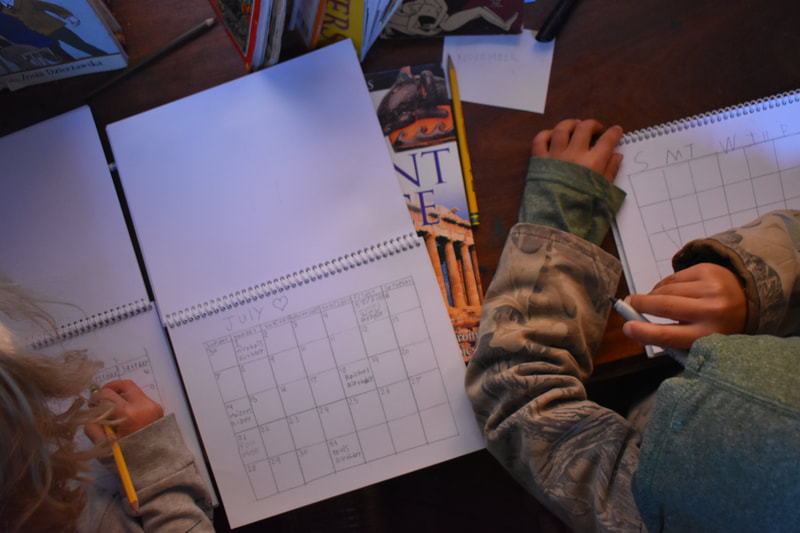
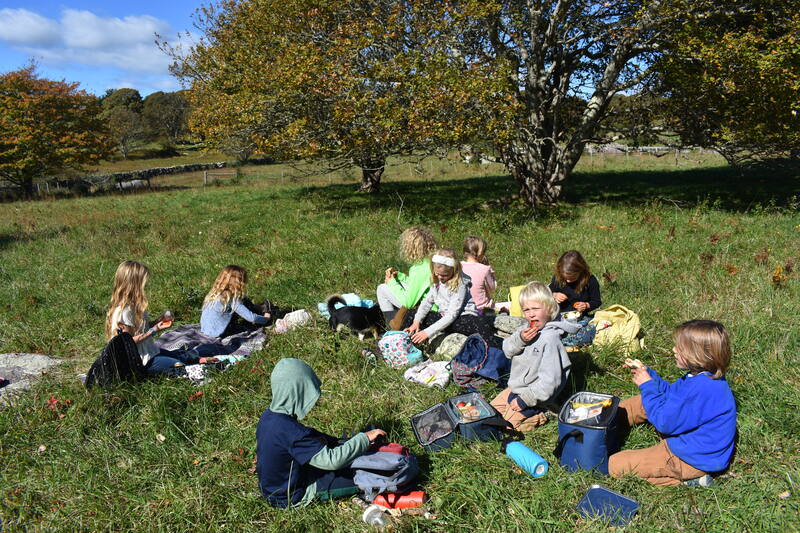
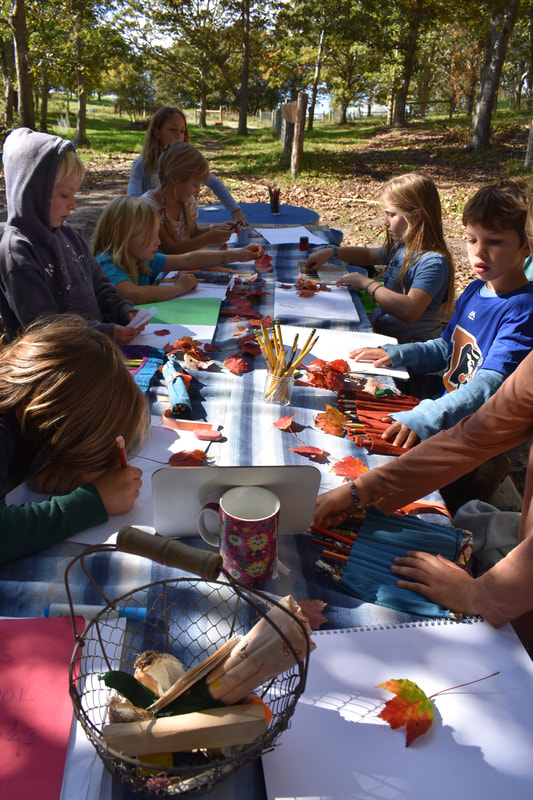
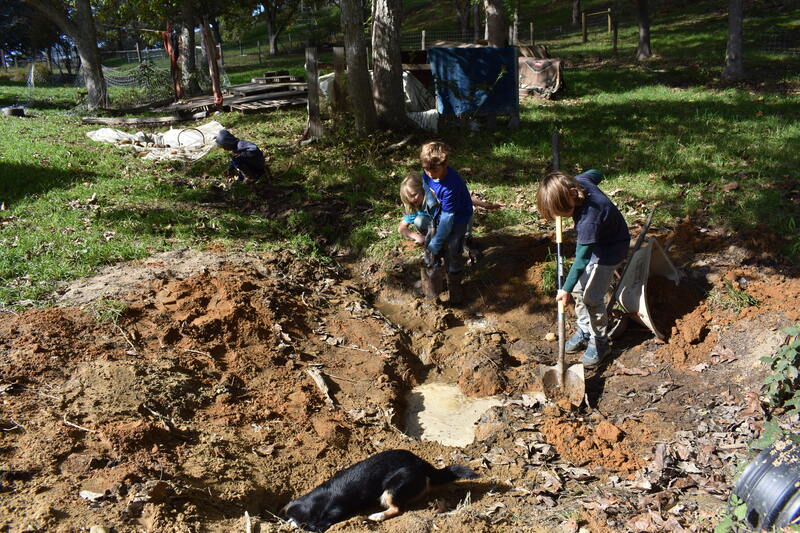
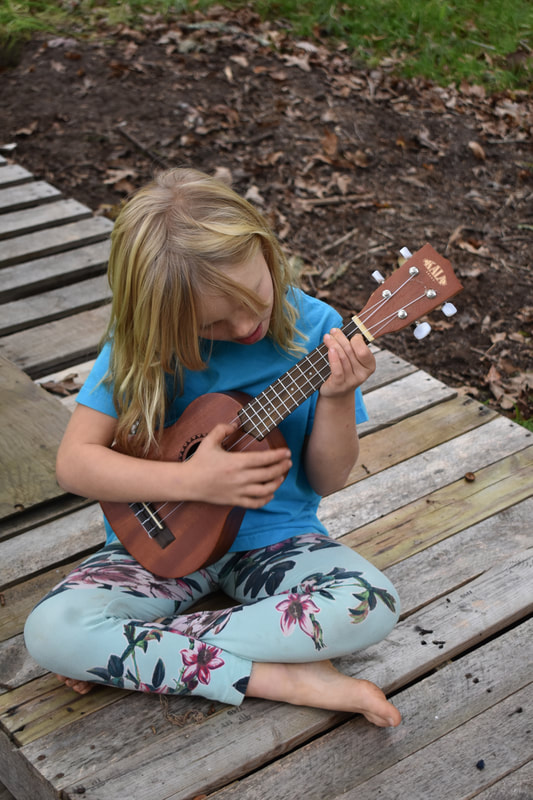
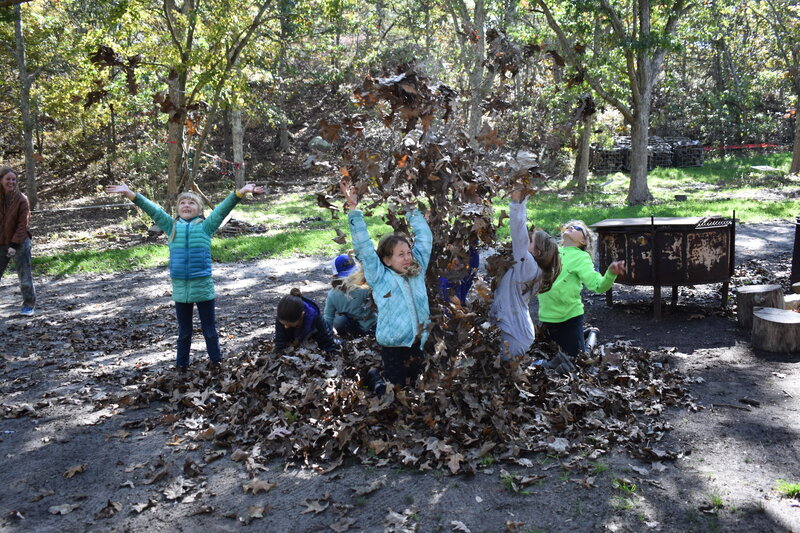
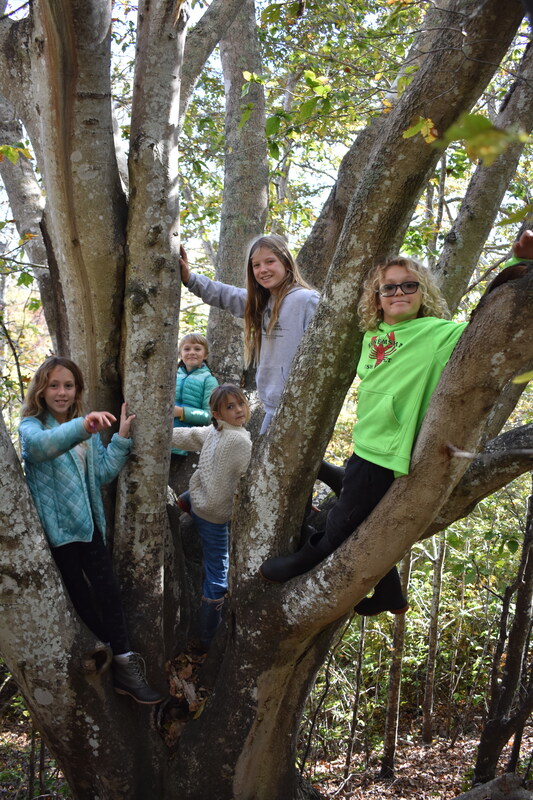
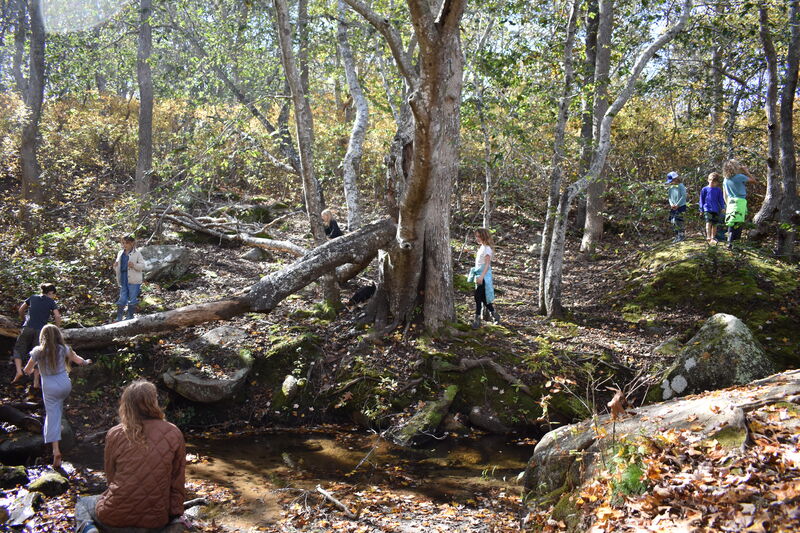
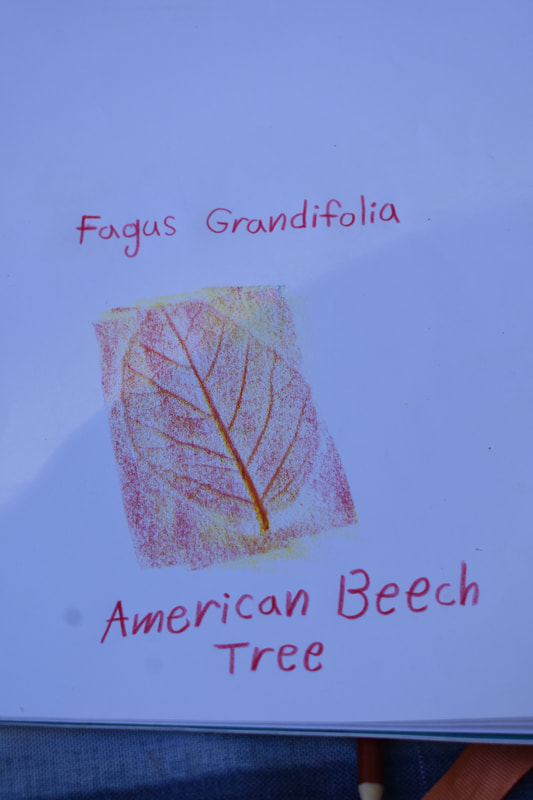
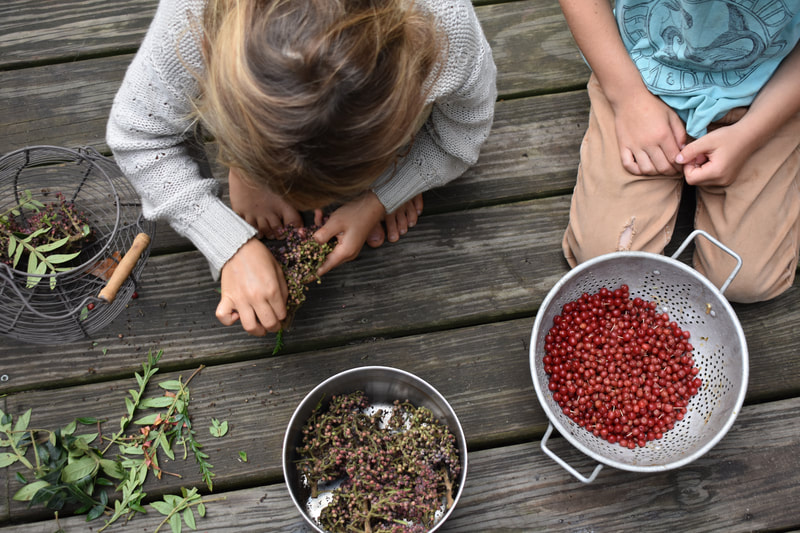
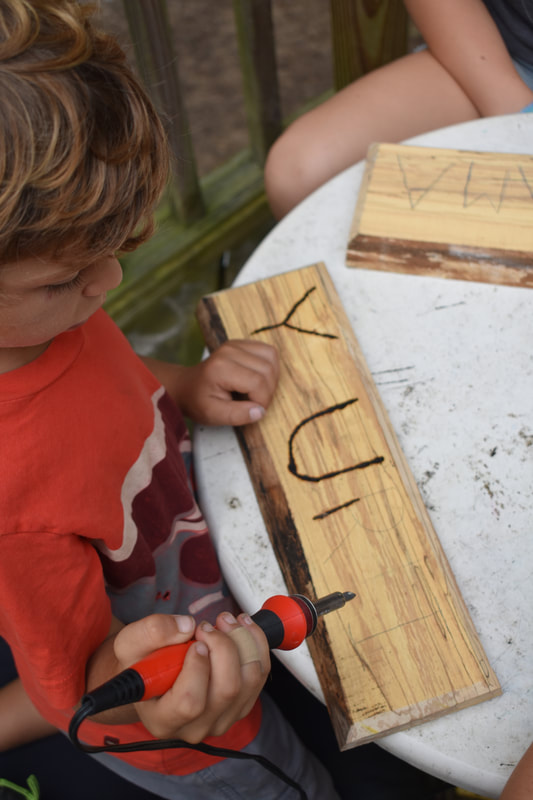
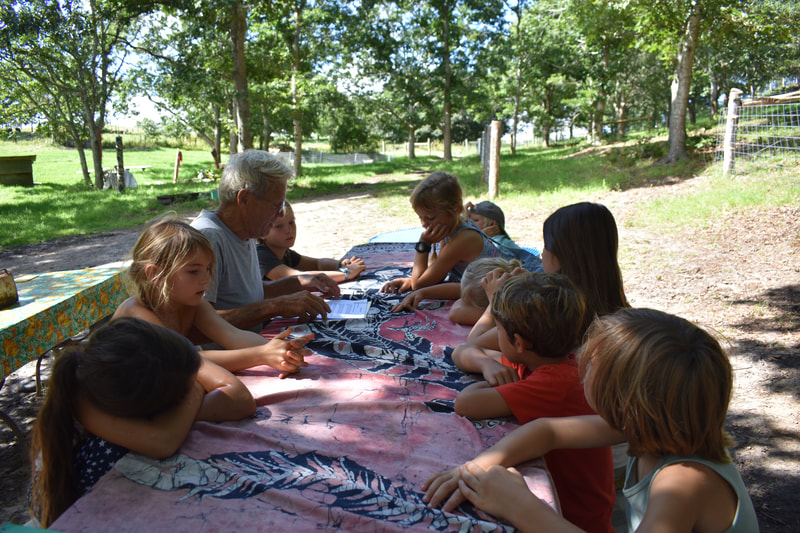
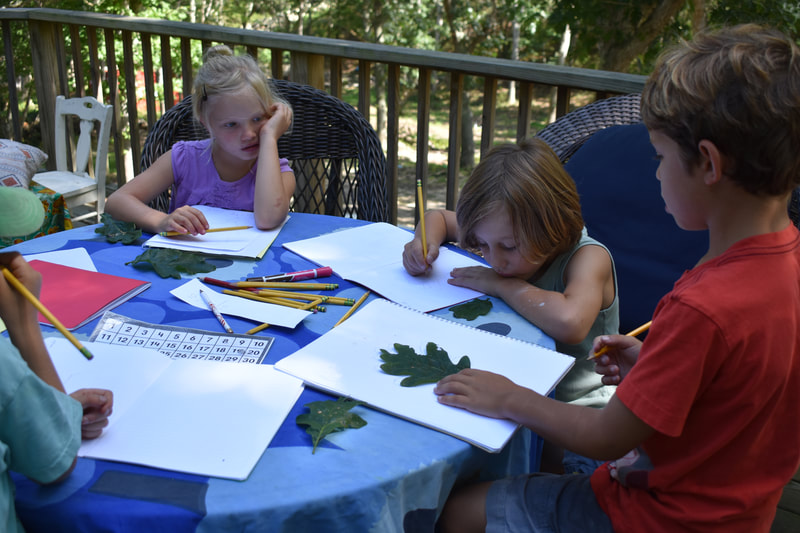
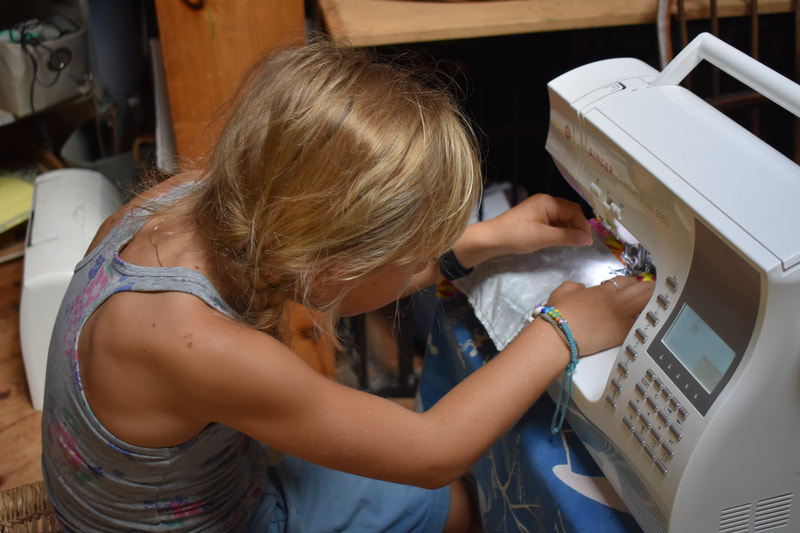
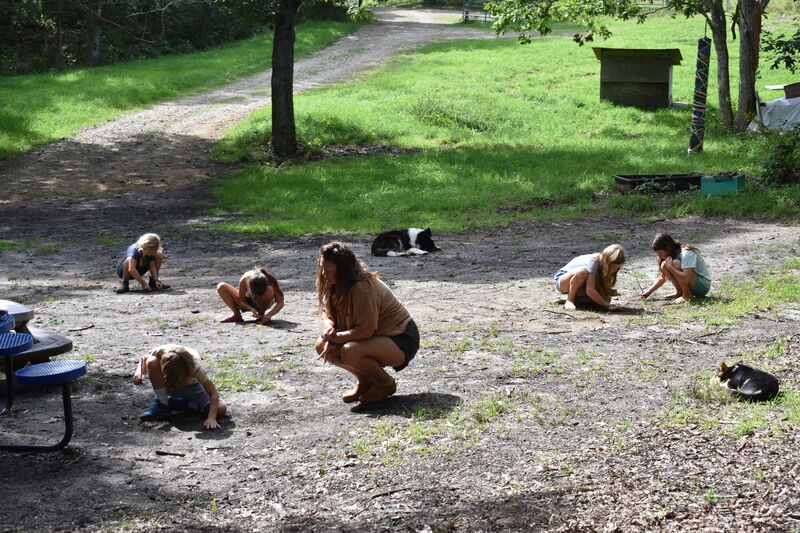
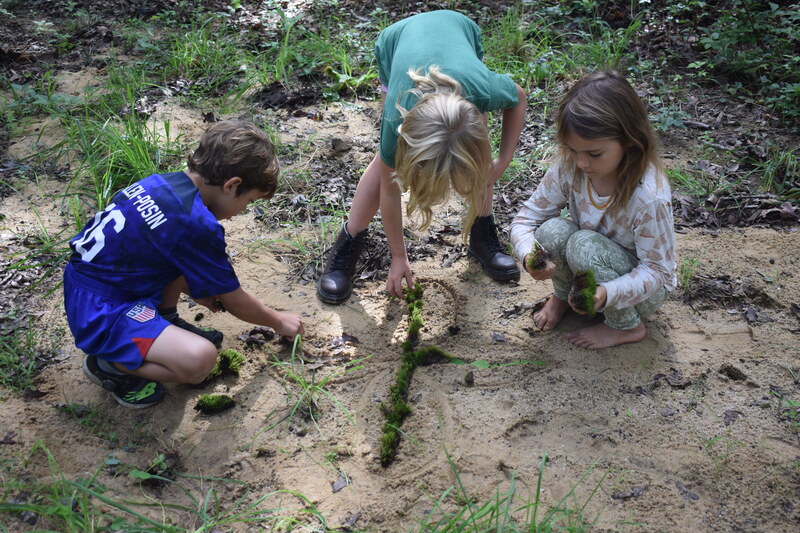
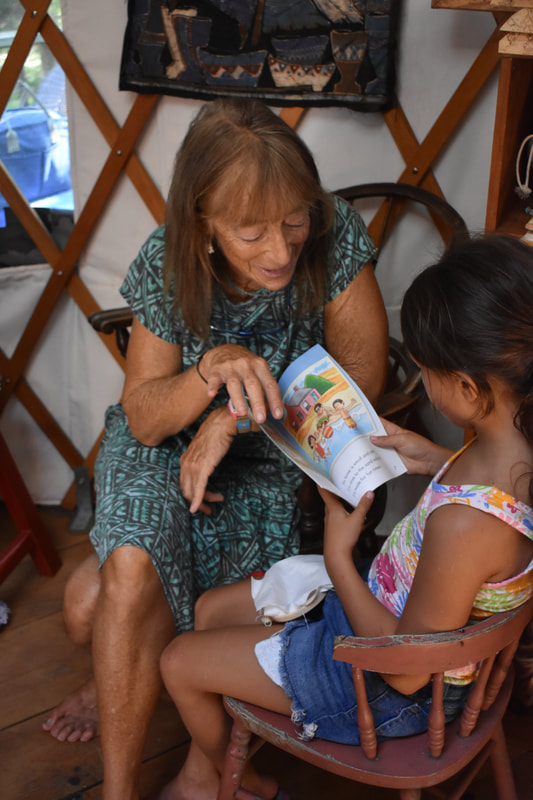
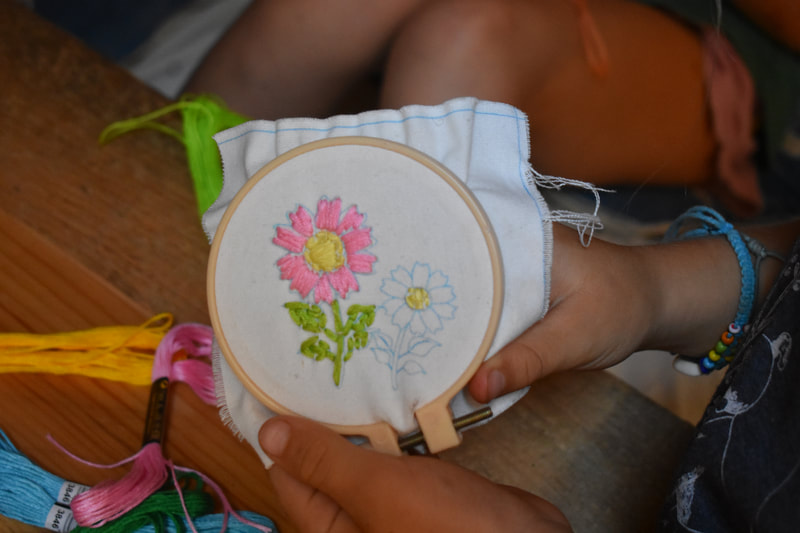
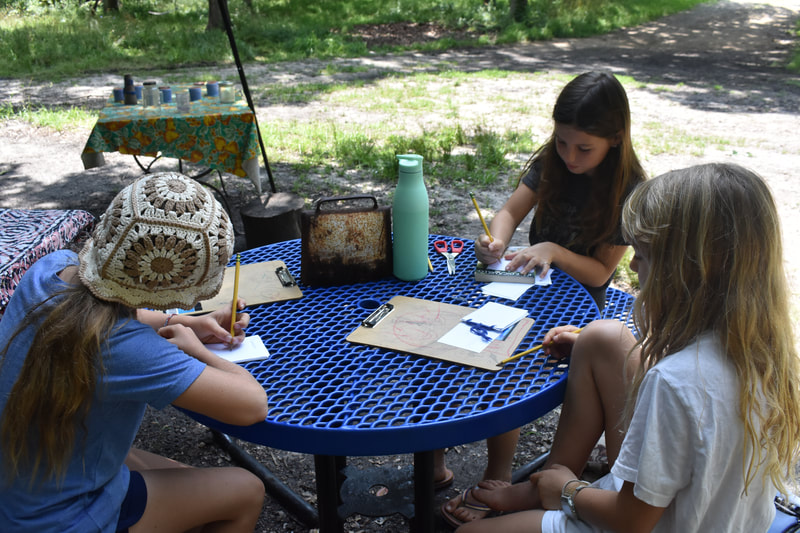
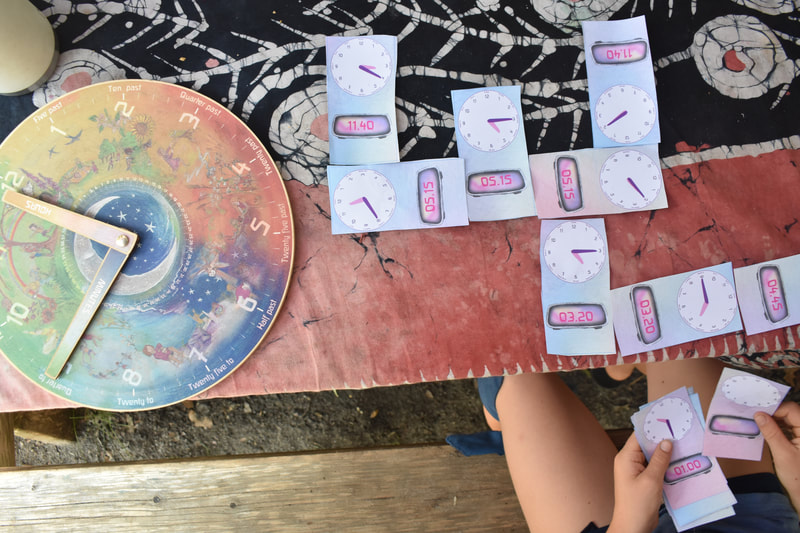
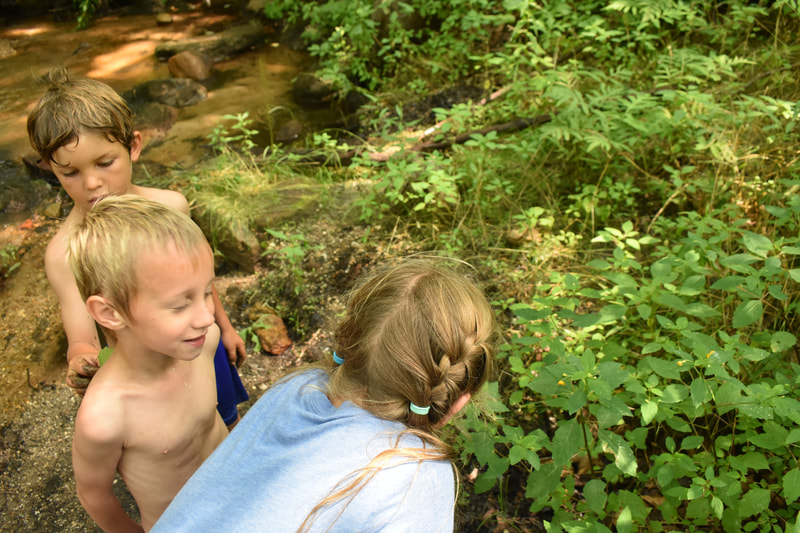
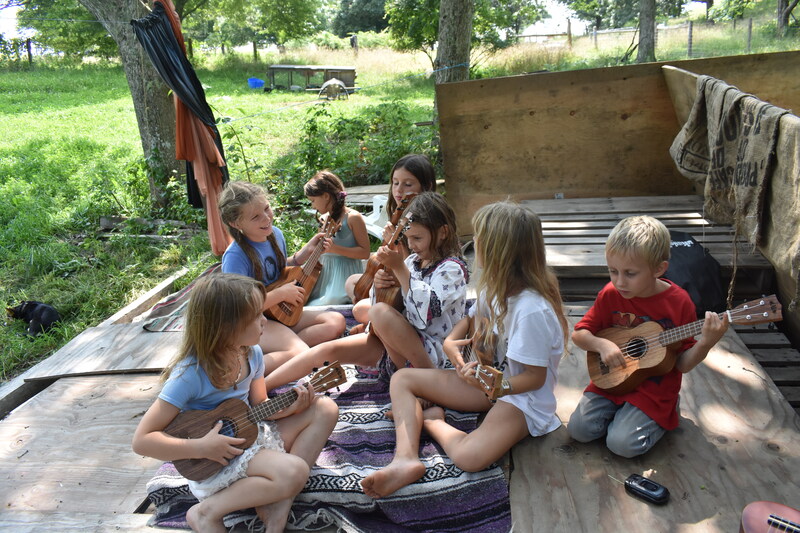
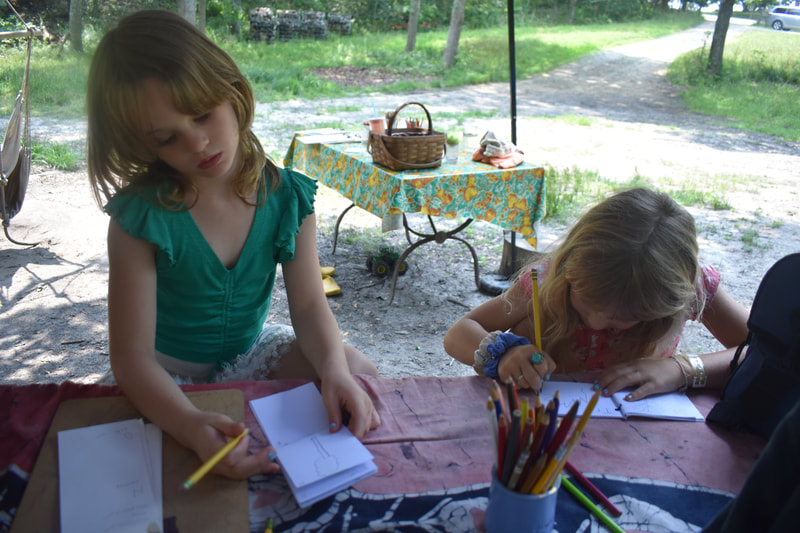
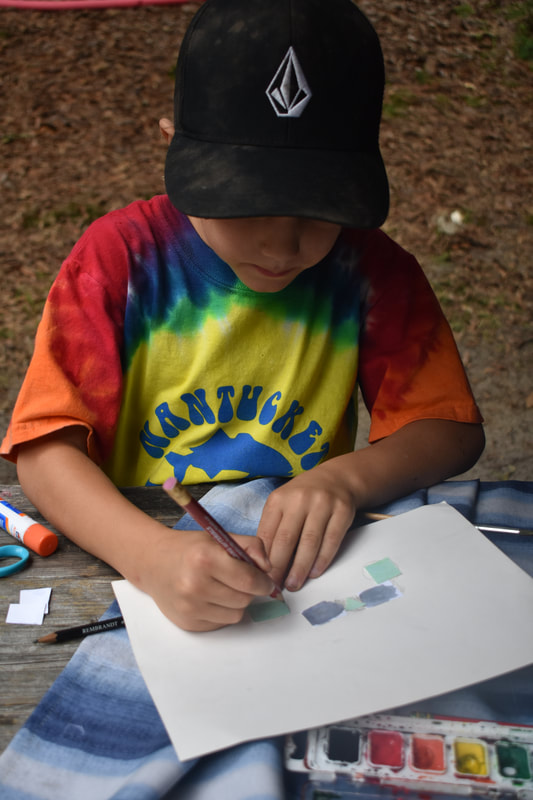
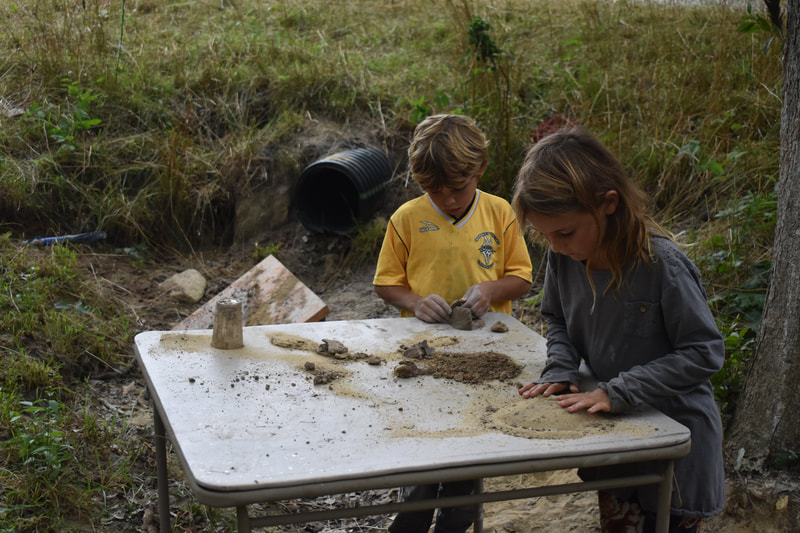
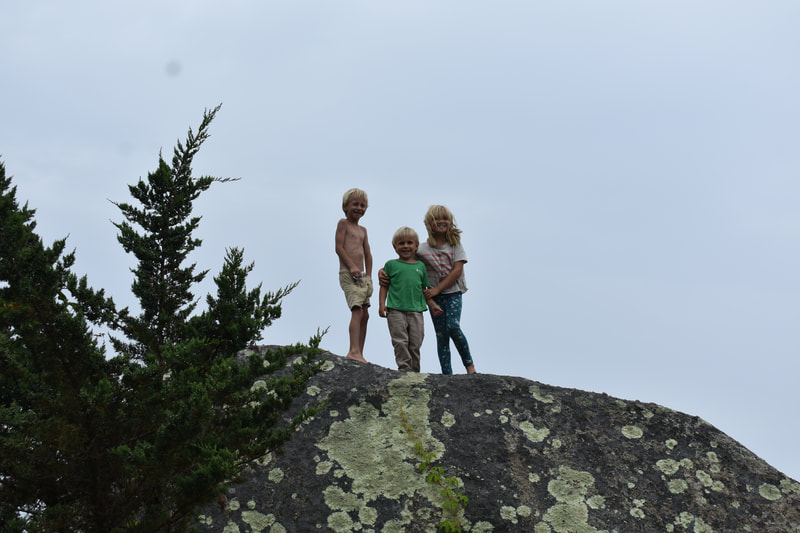
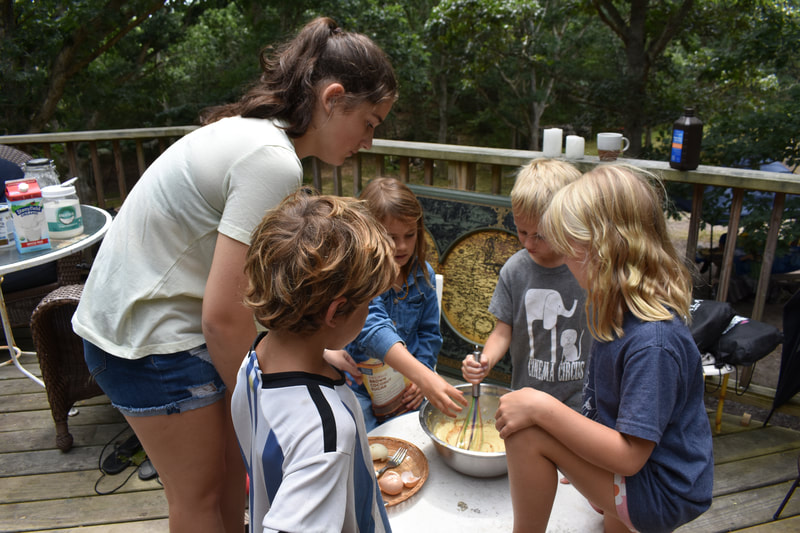
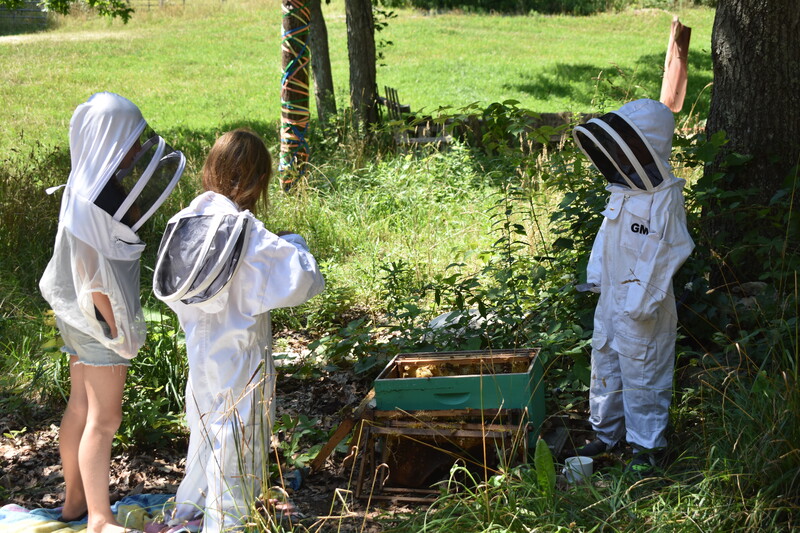
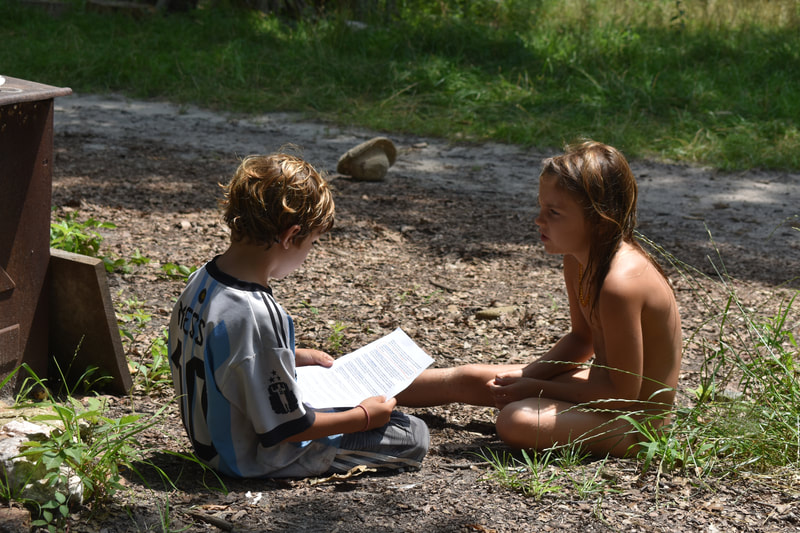
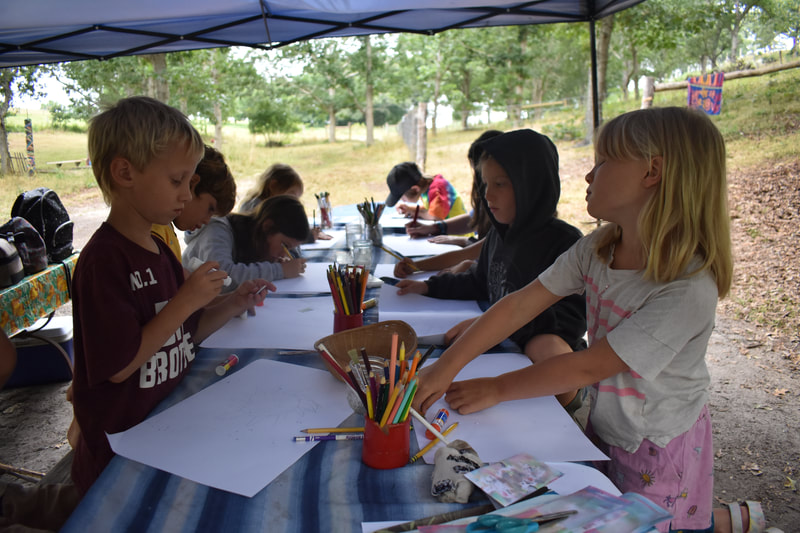
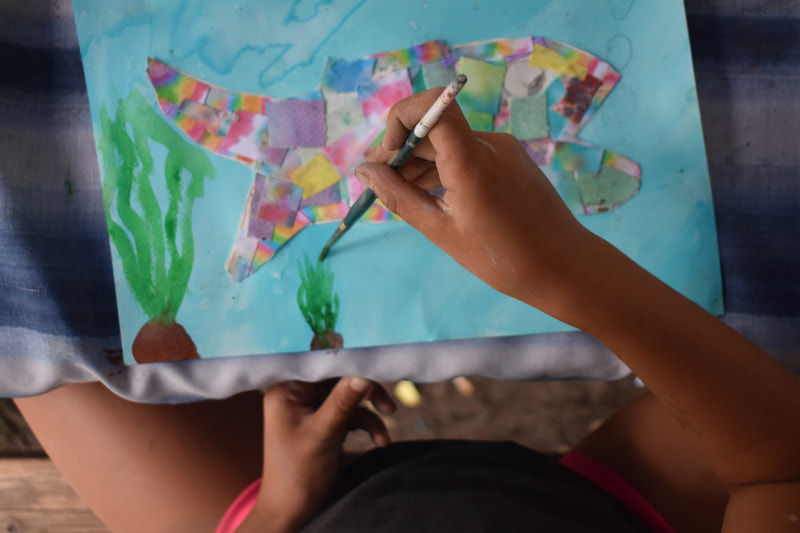
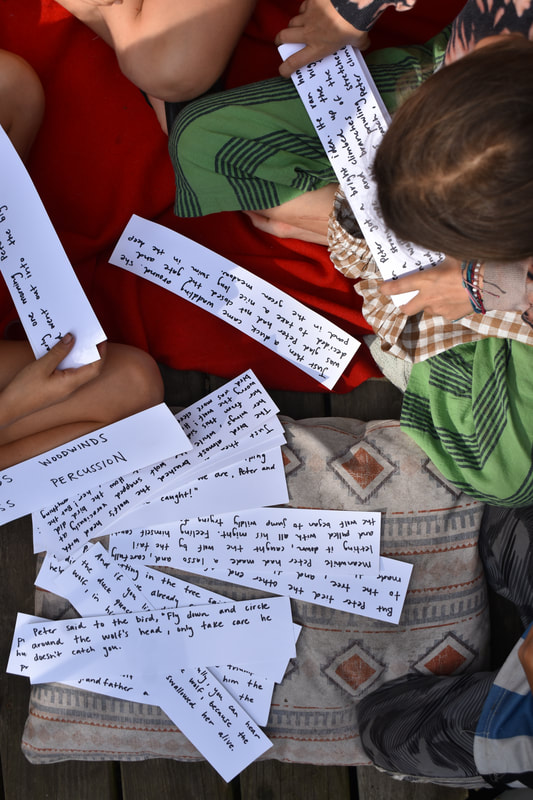
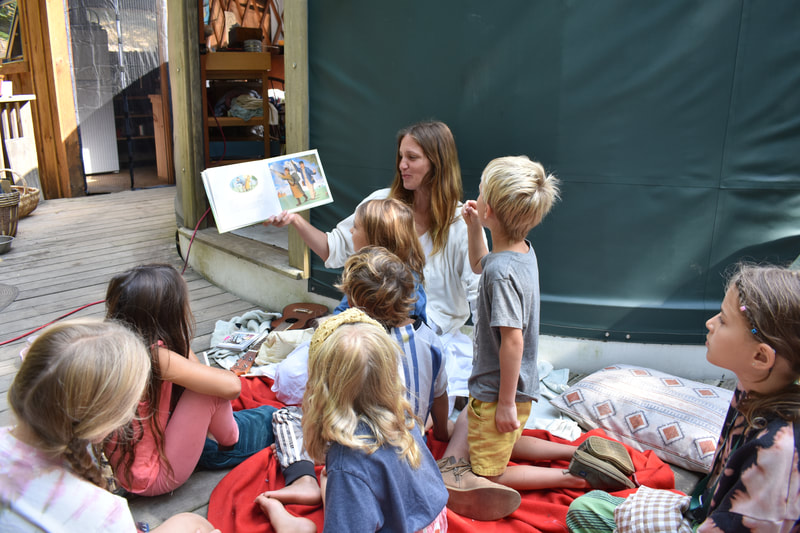
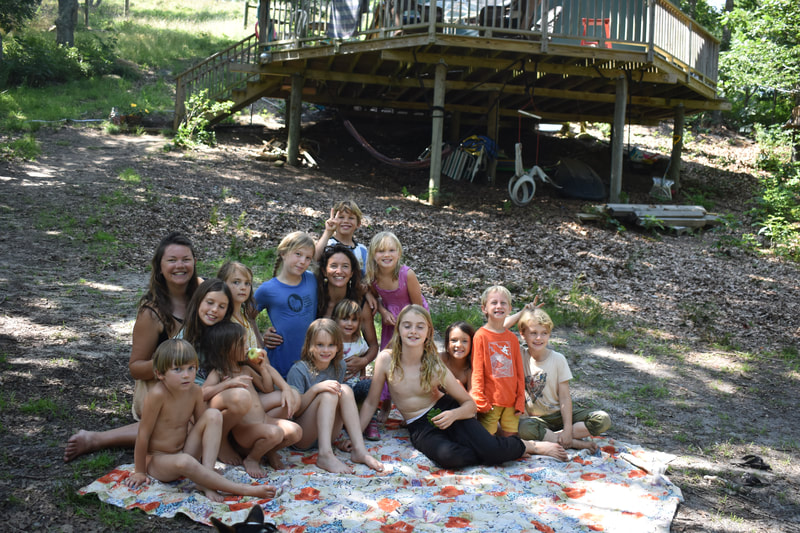
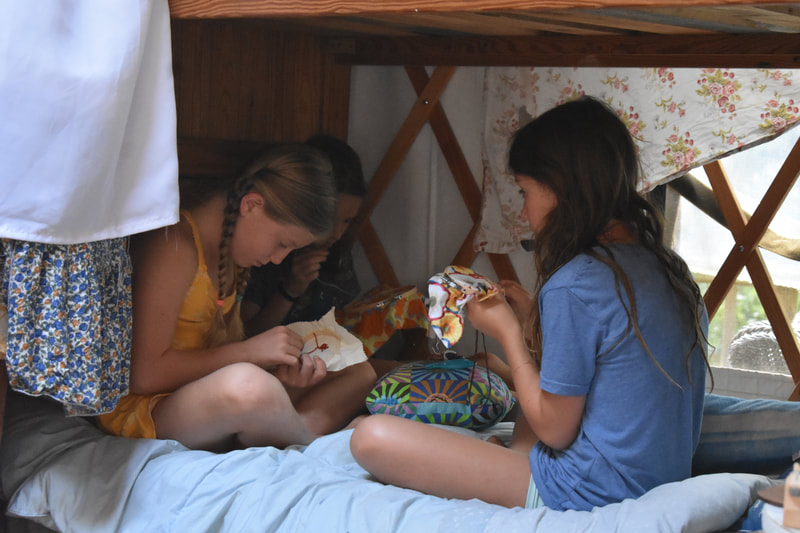
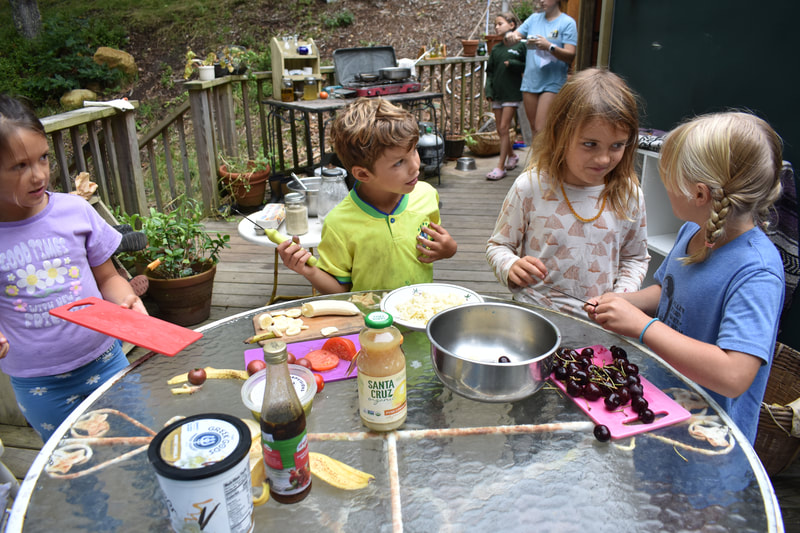
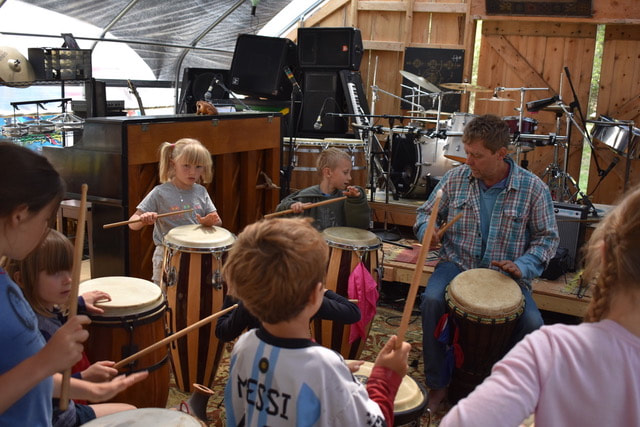
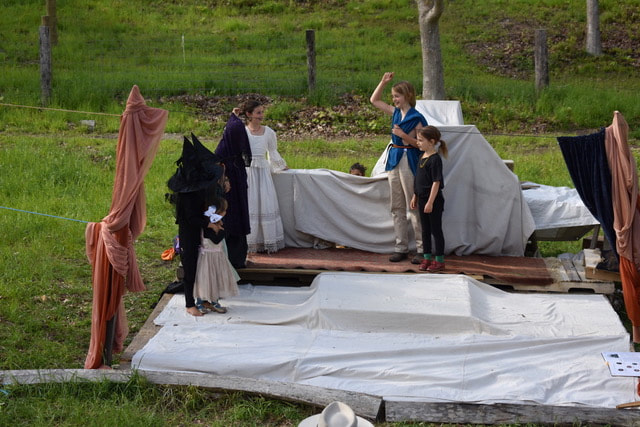
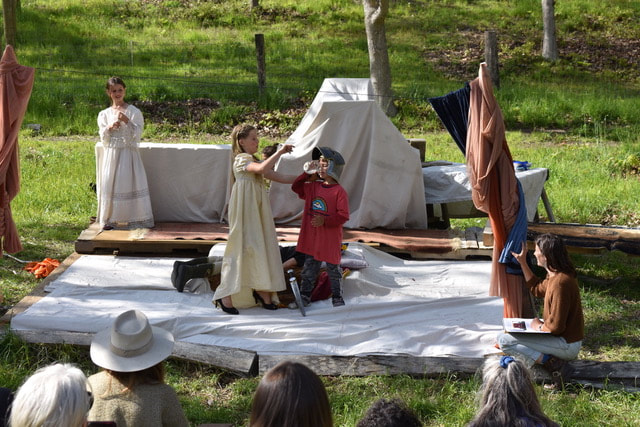
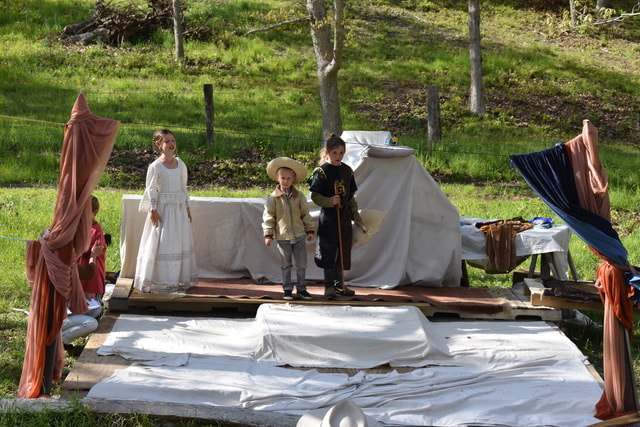
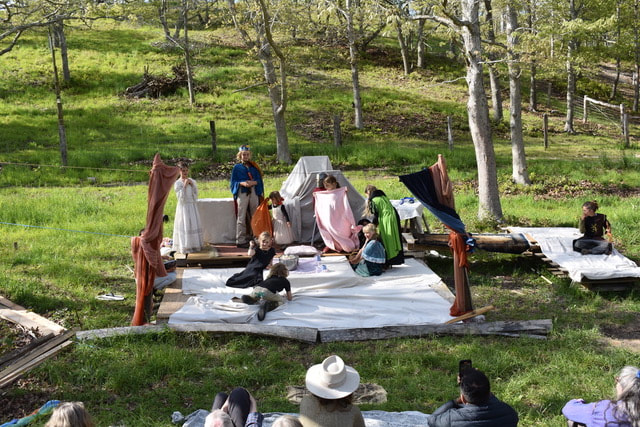
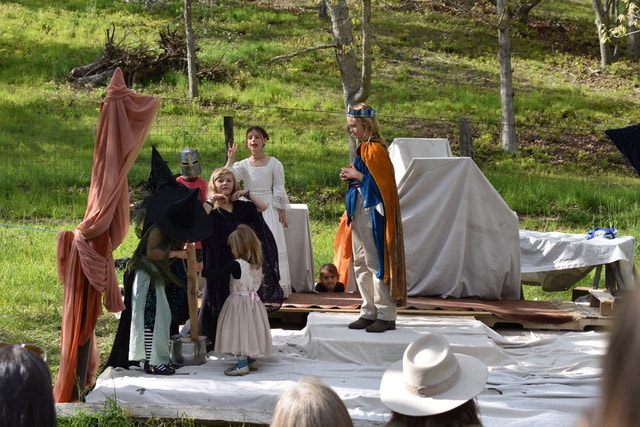
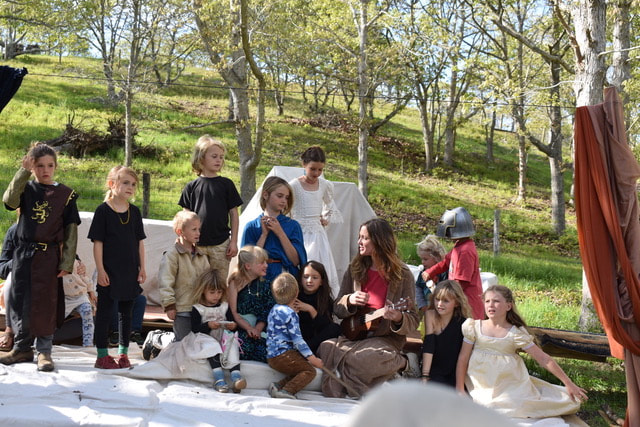
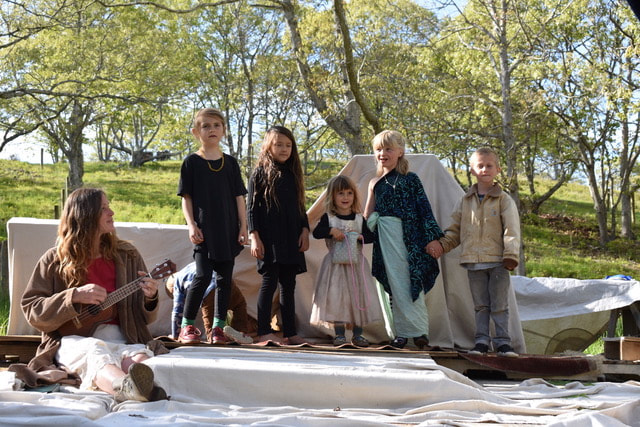
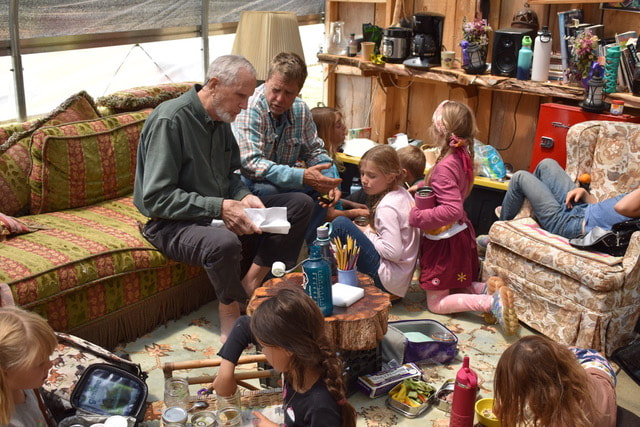
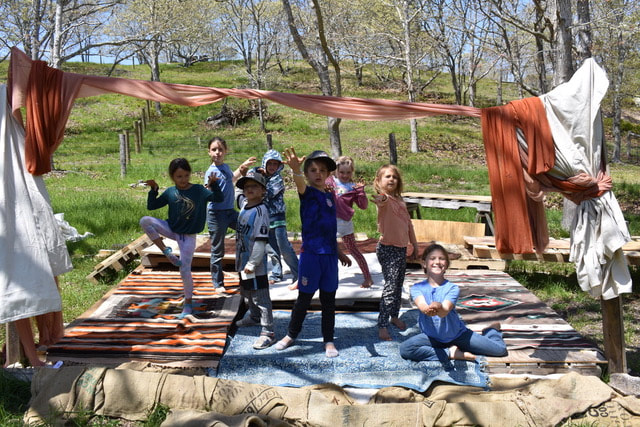
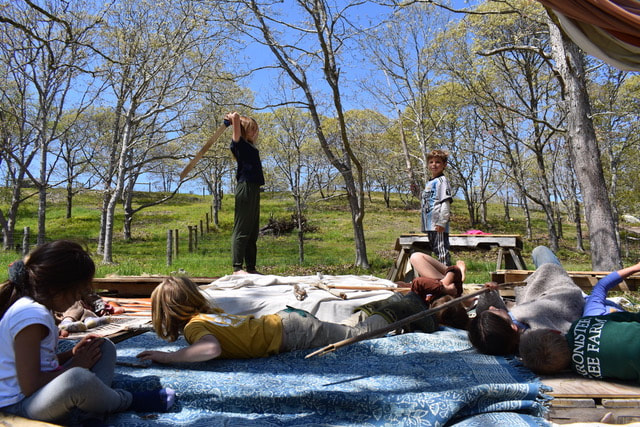
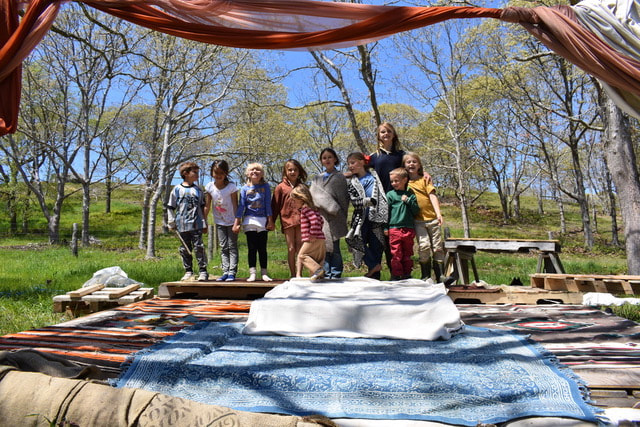
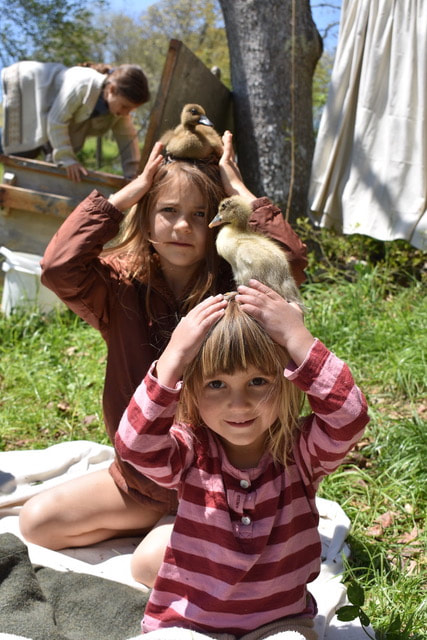
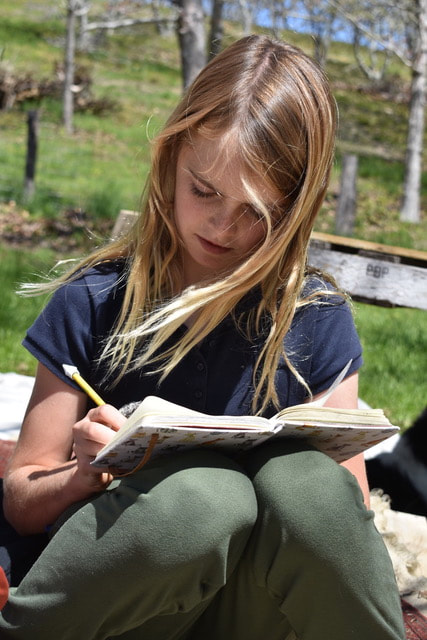
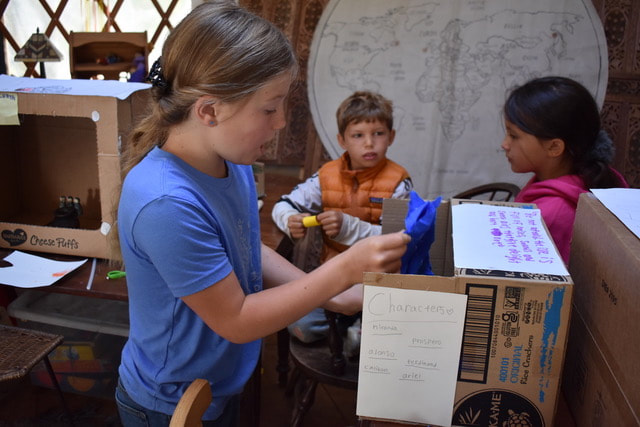
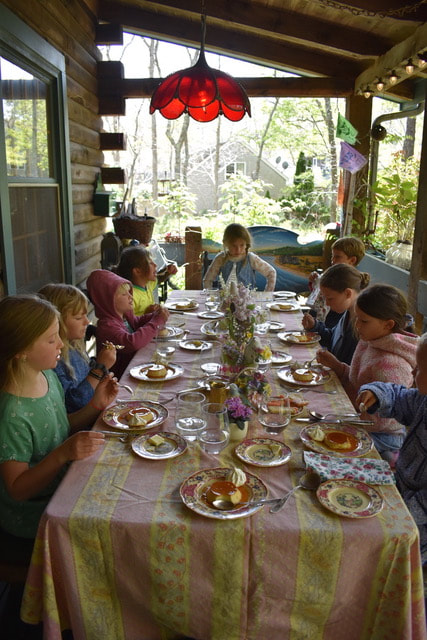
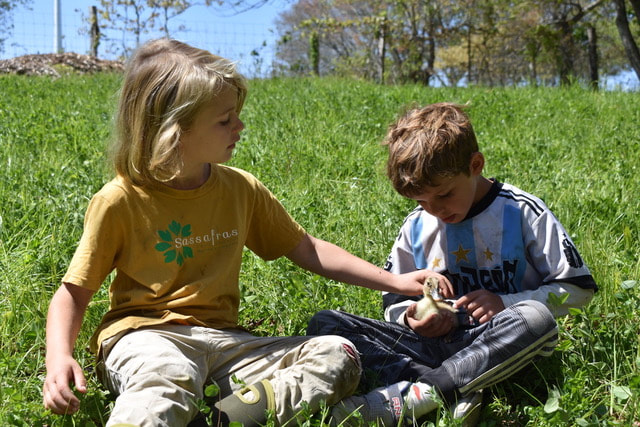
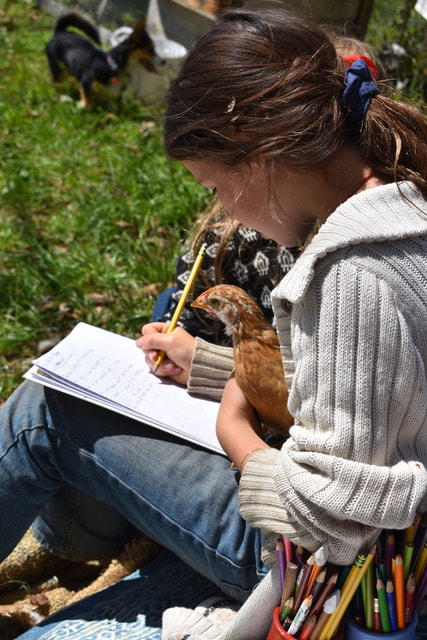
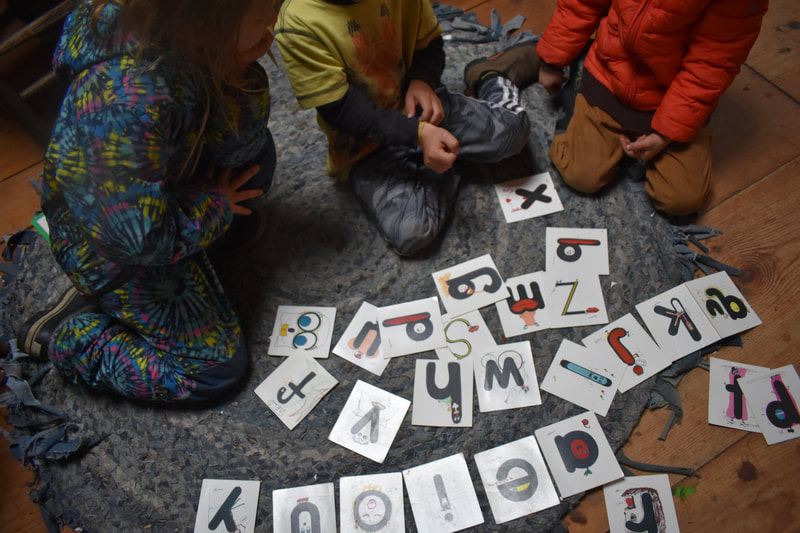
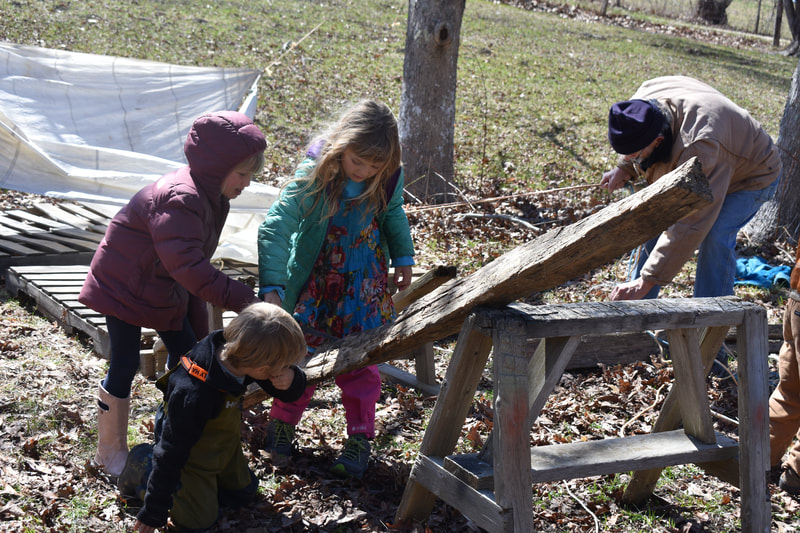
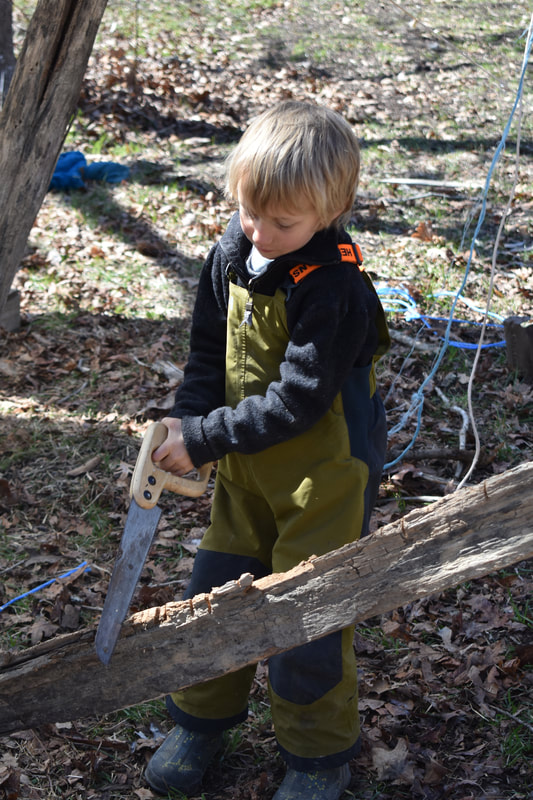
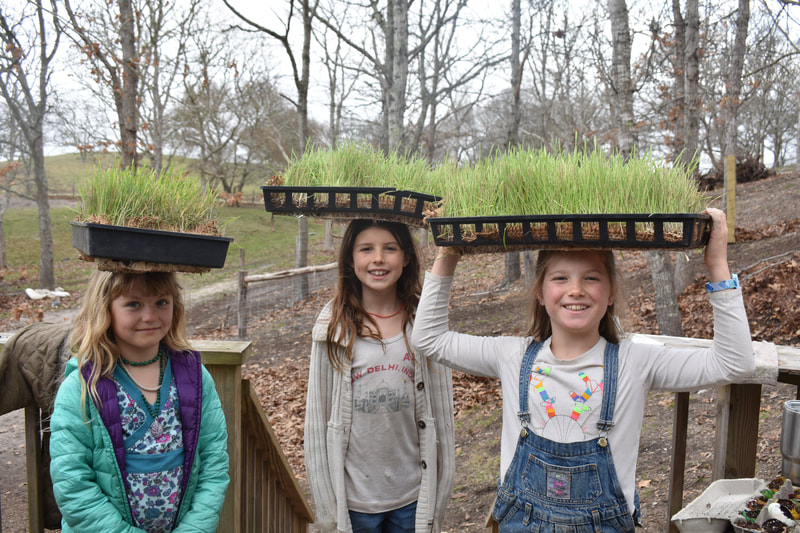
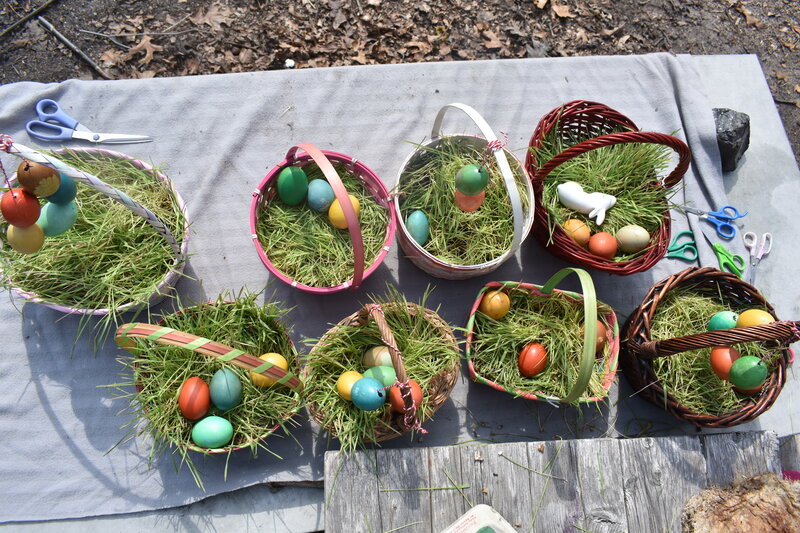
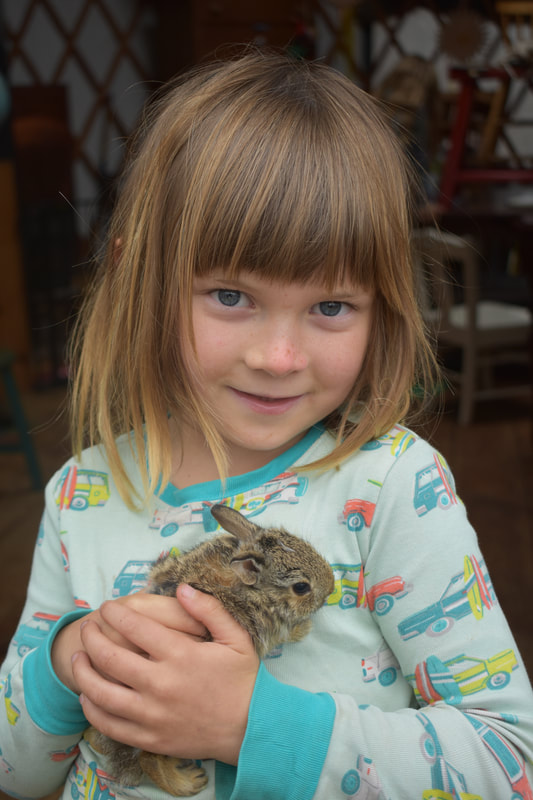
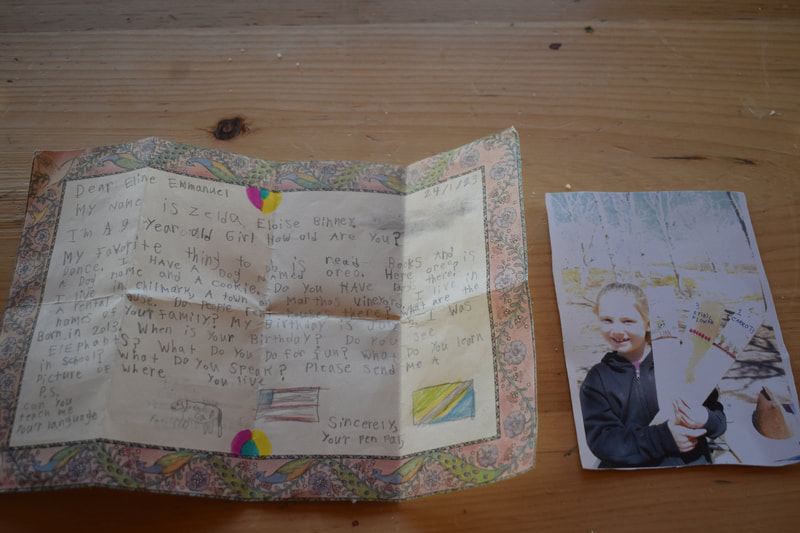
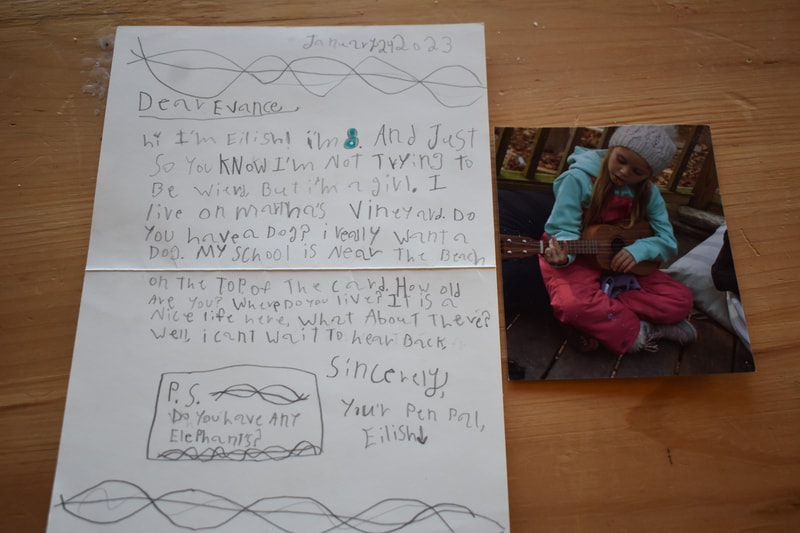
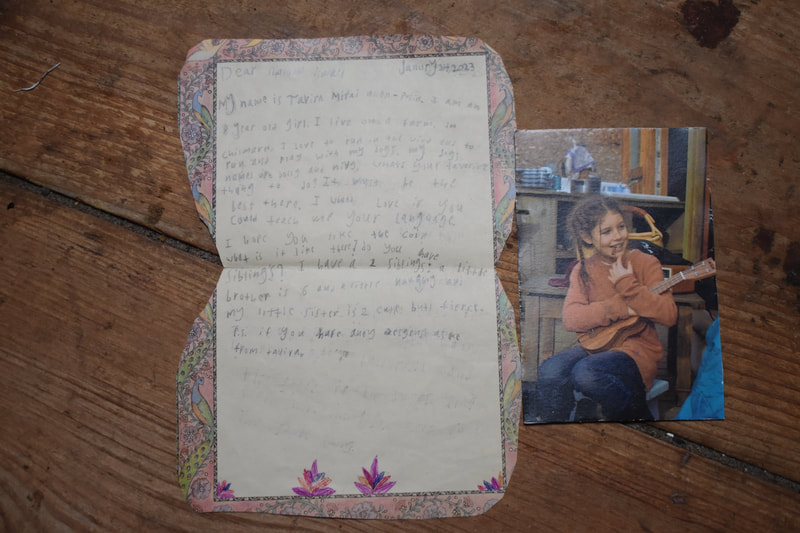
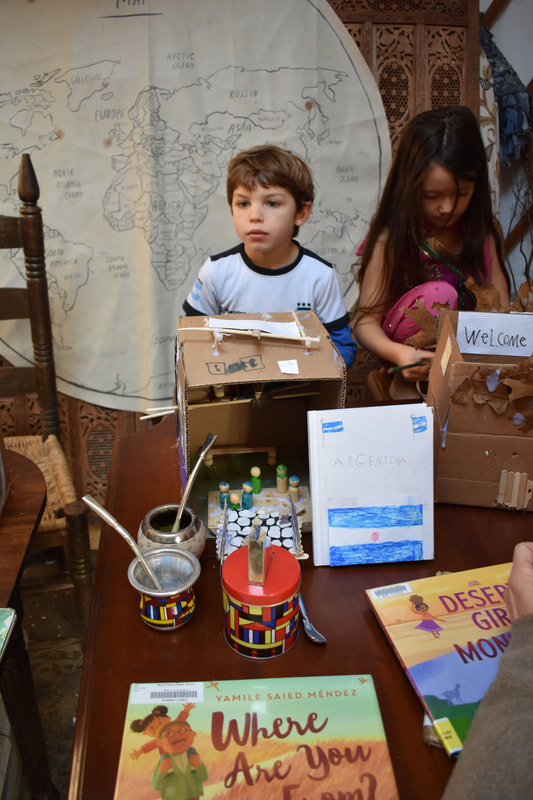
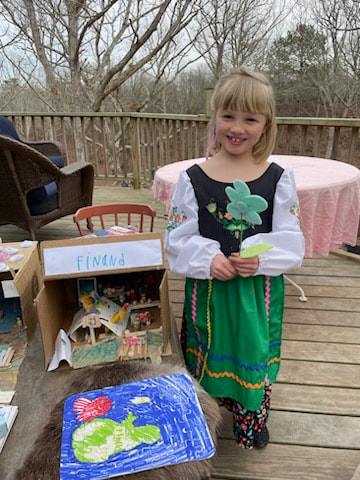
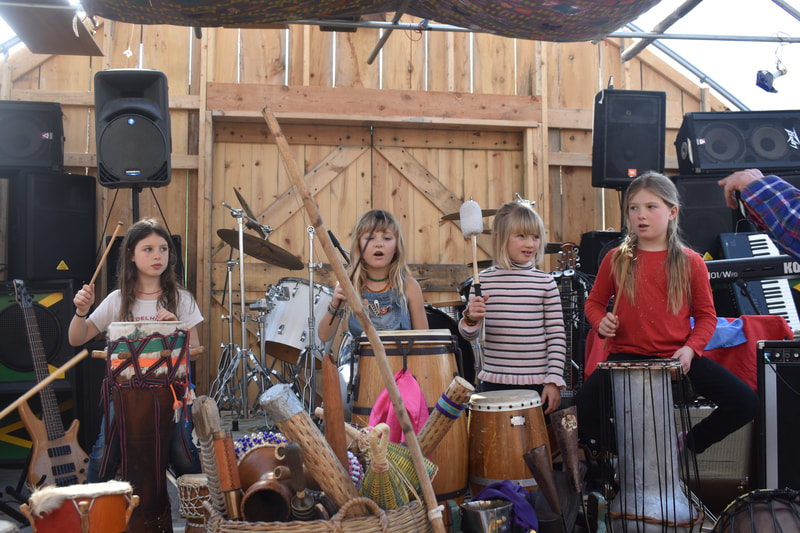
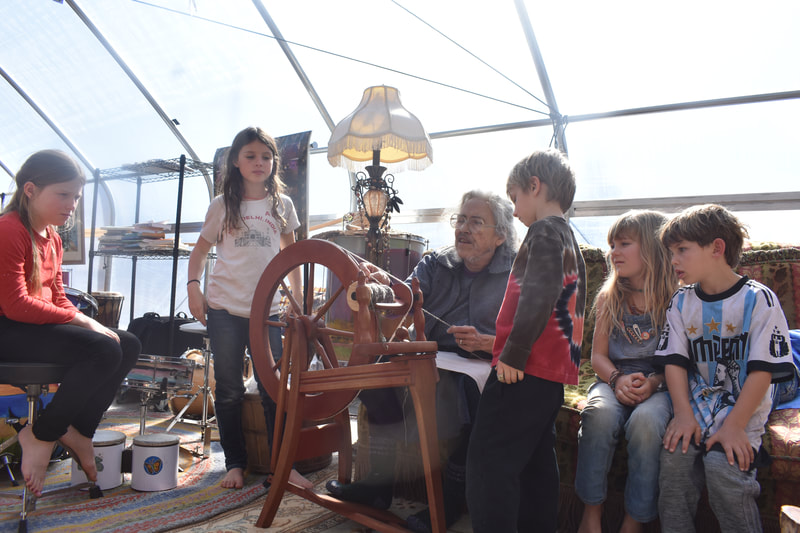
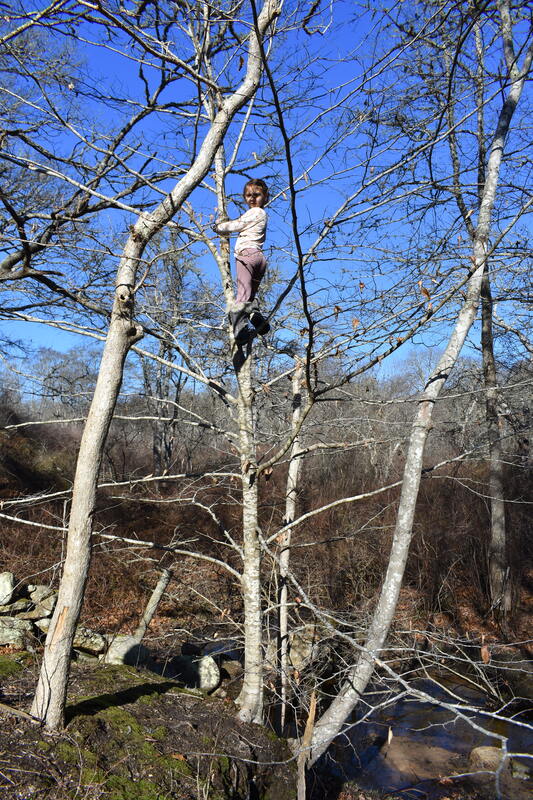
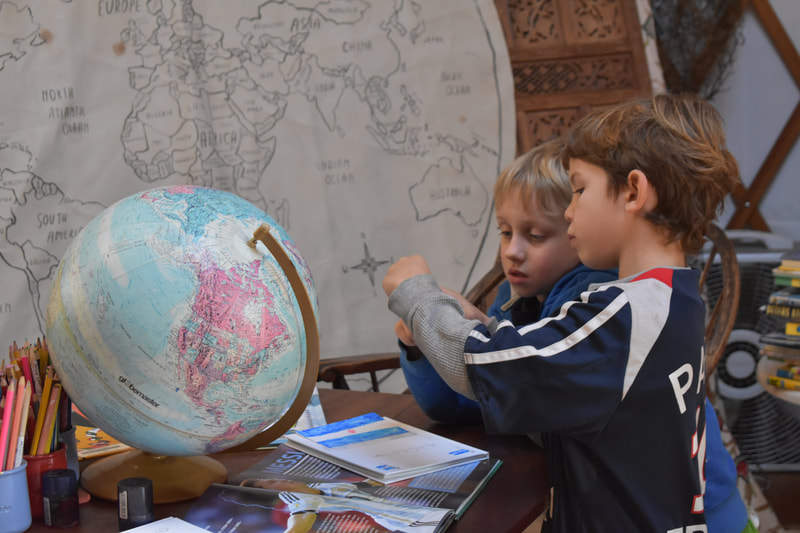
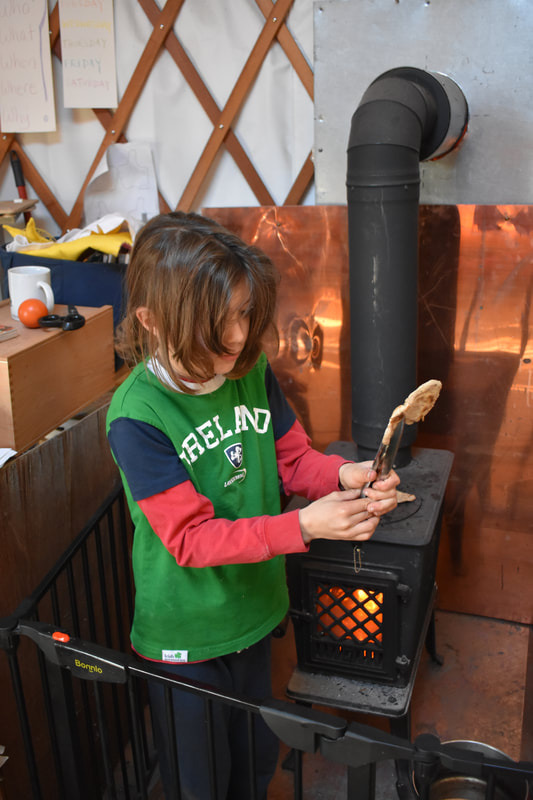
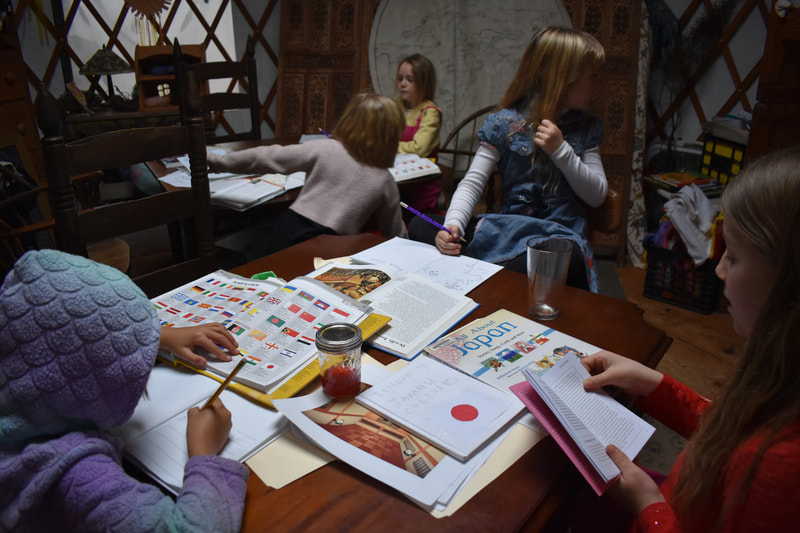
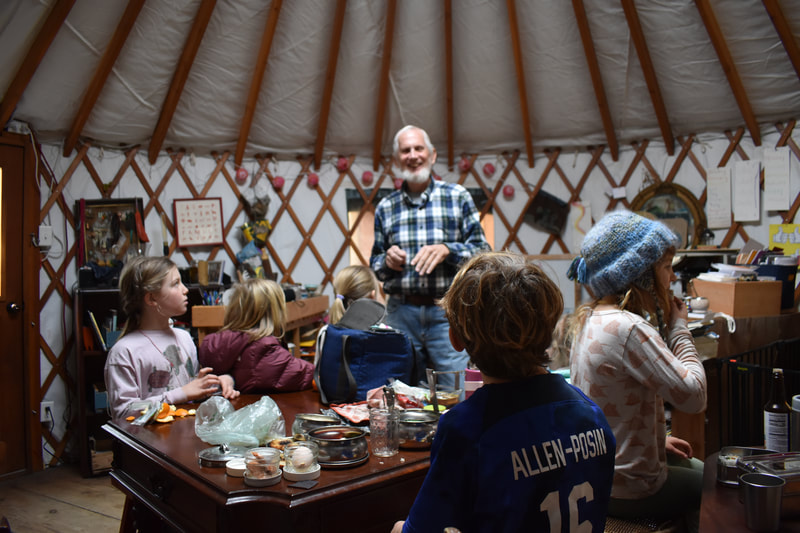
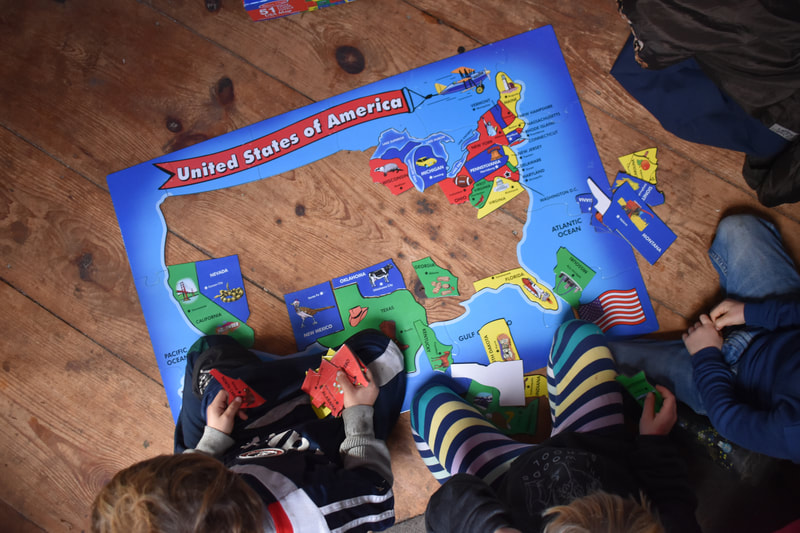
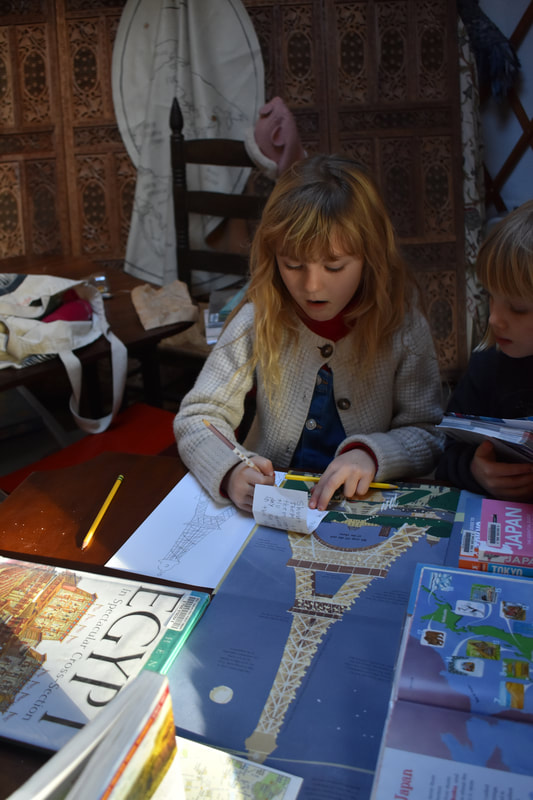
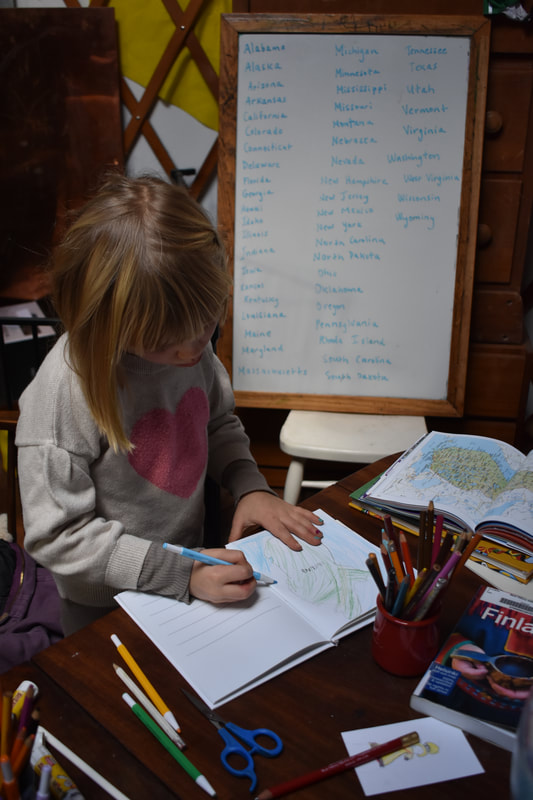
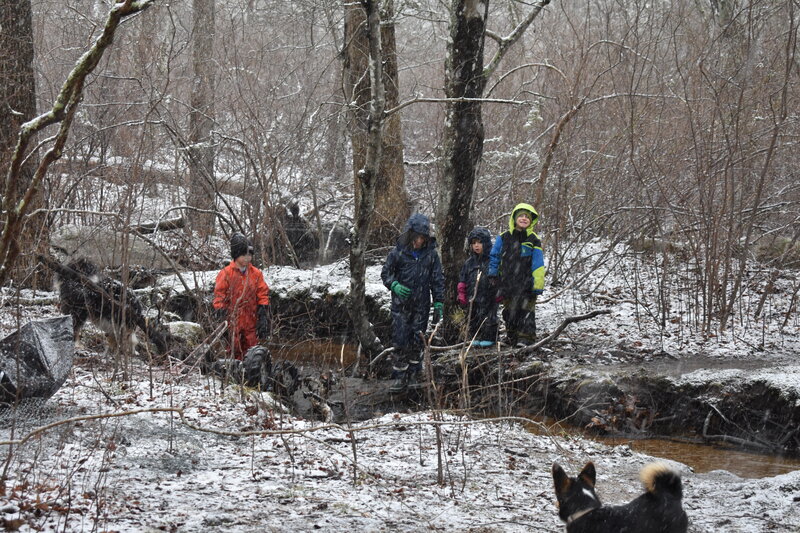
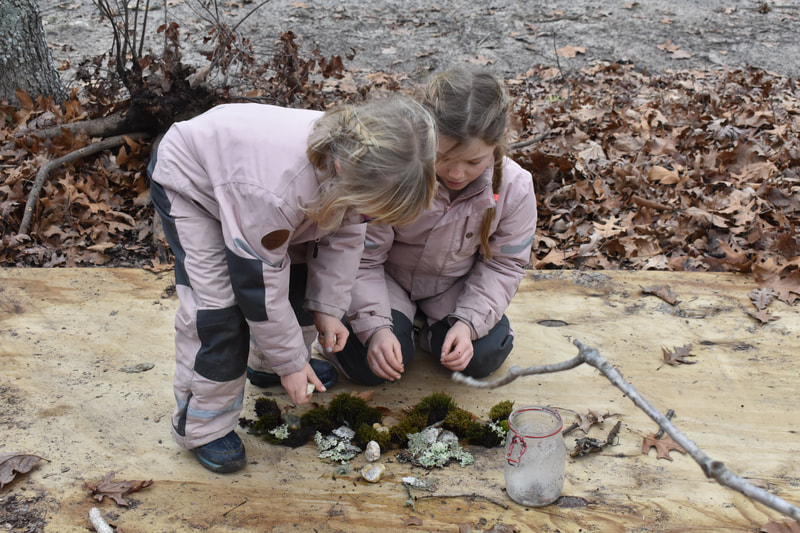
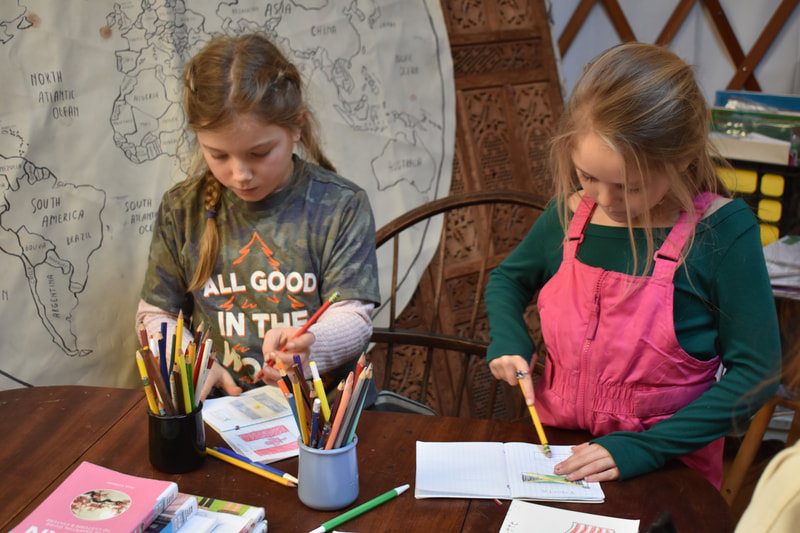
 RSS Feed
RSS Feed
